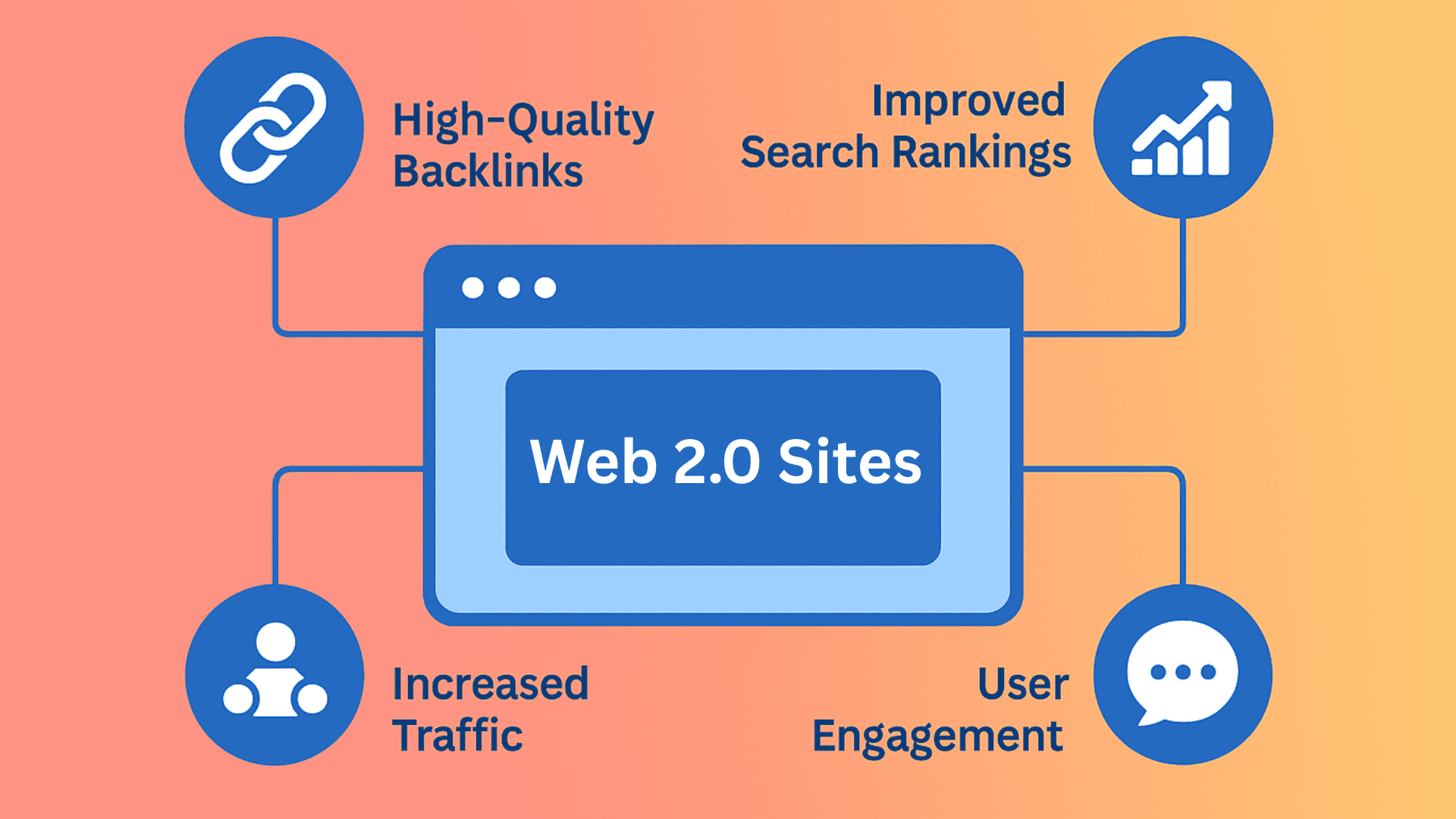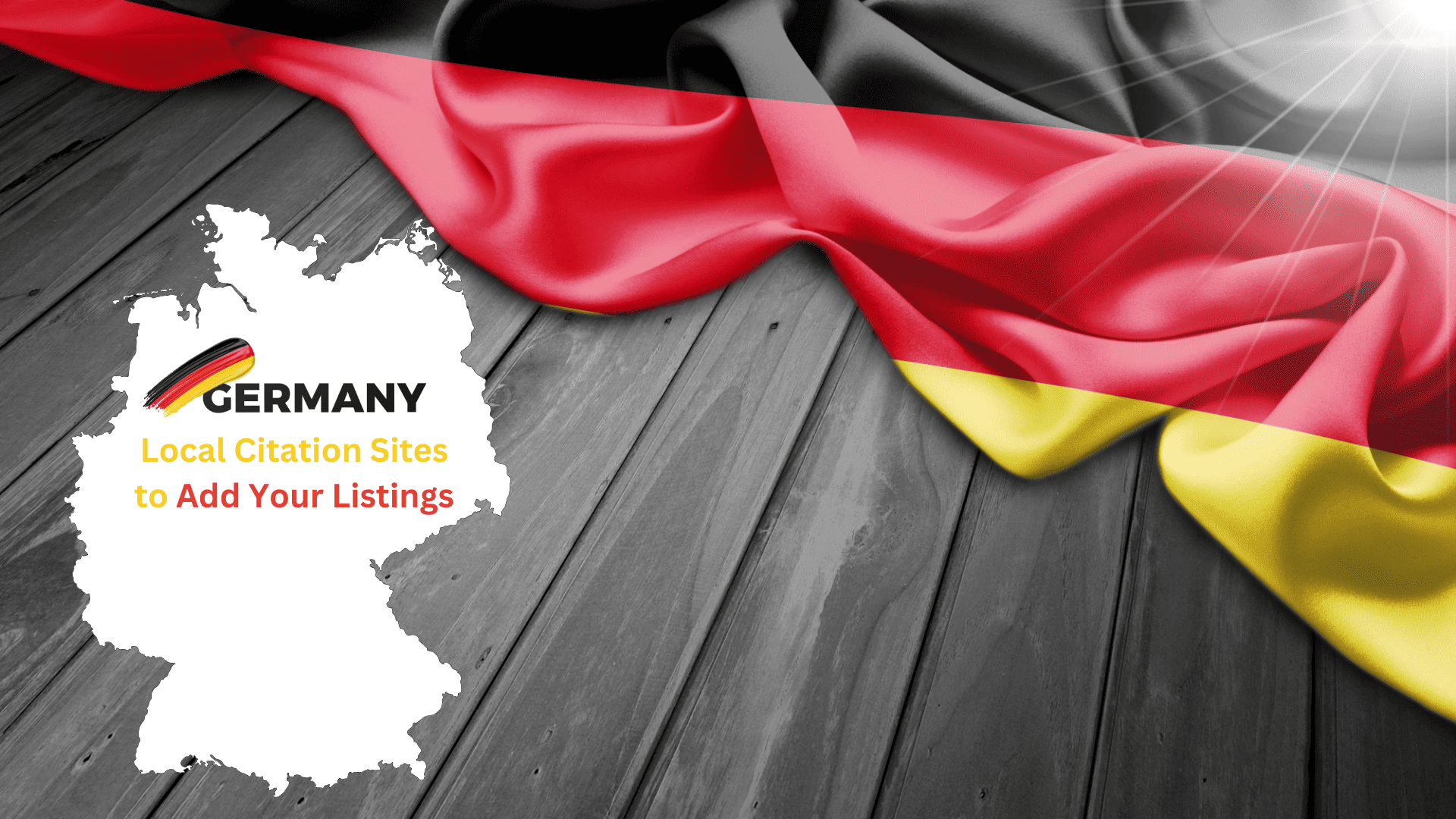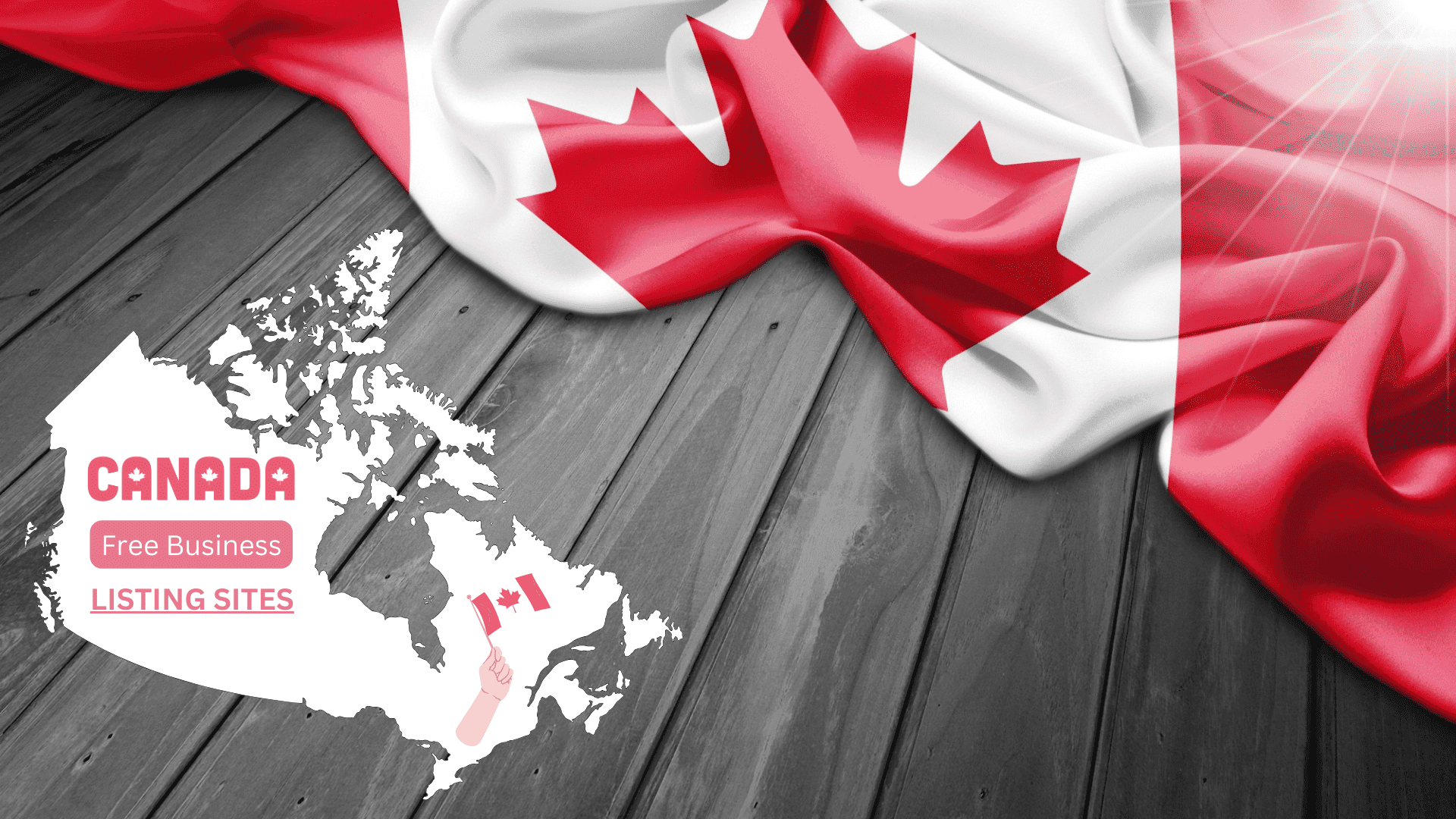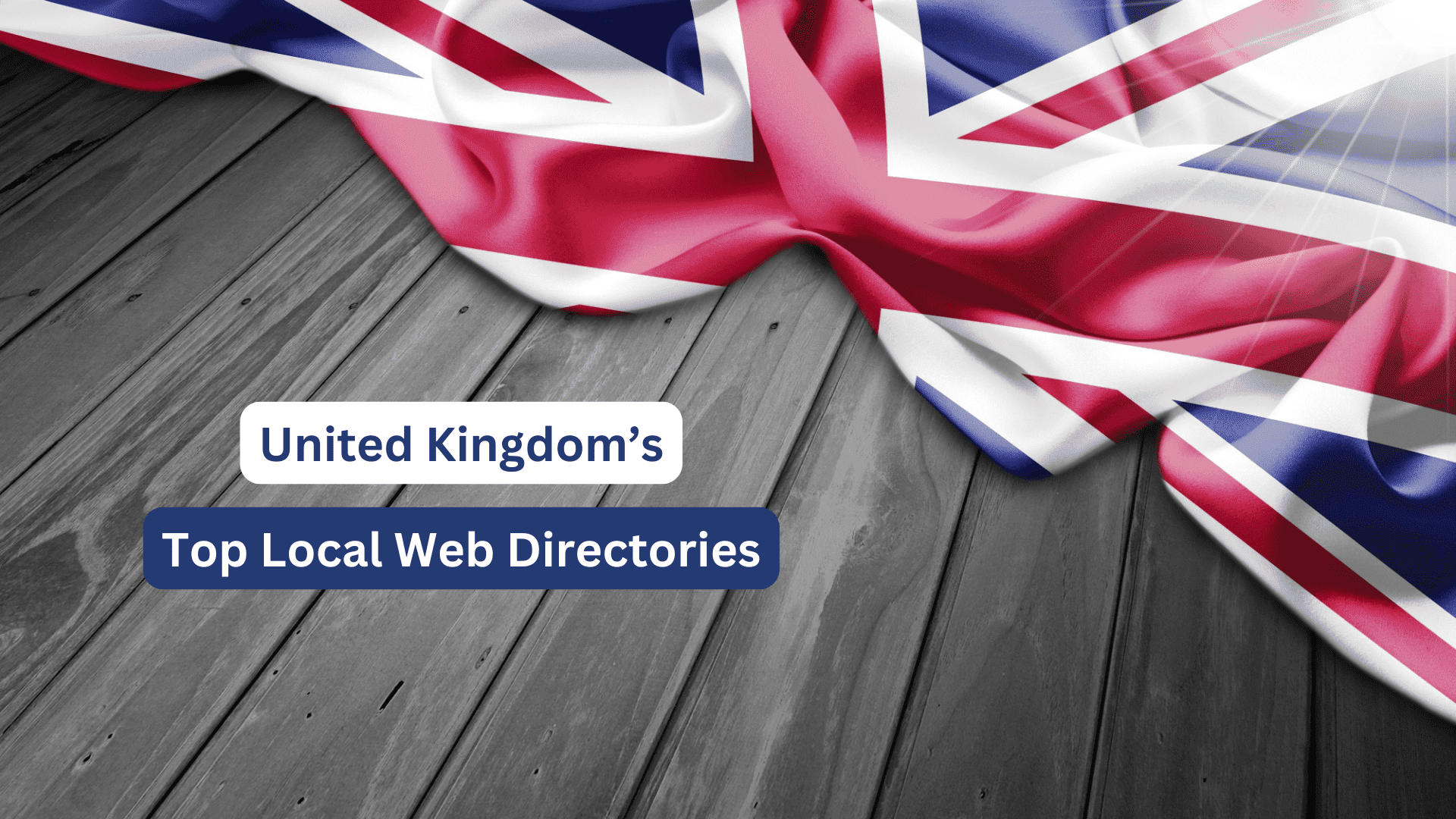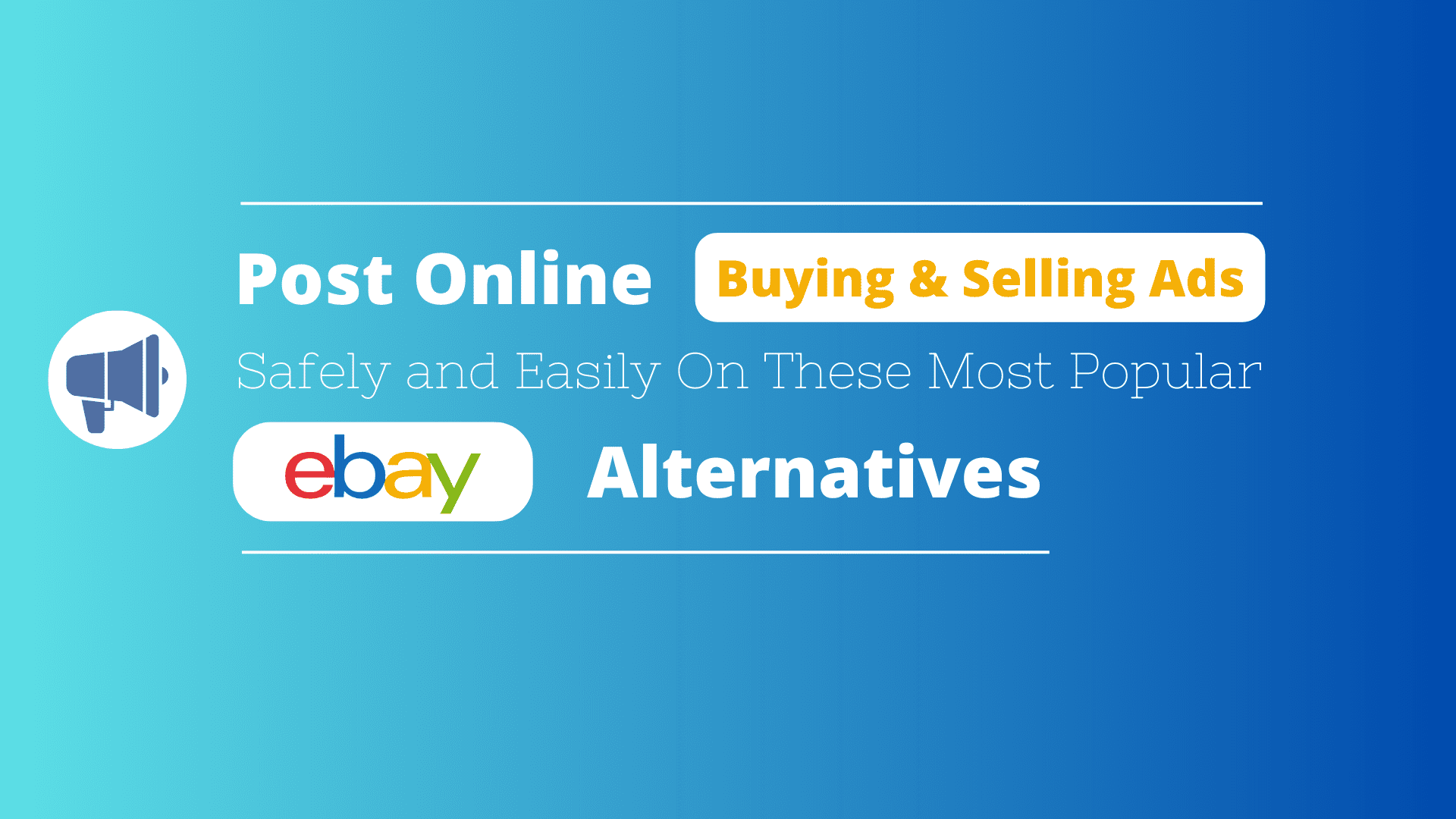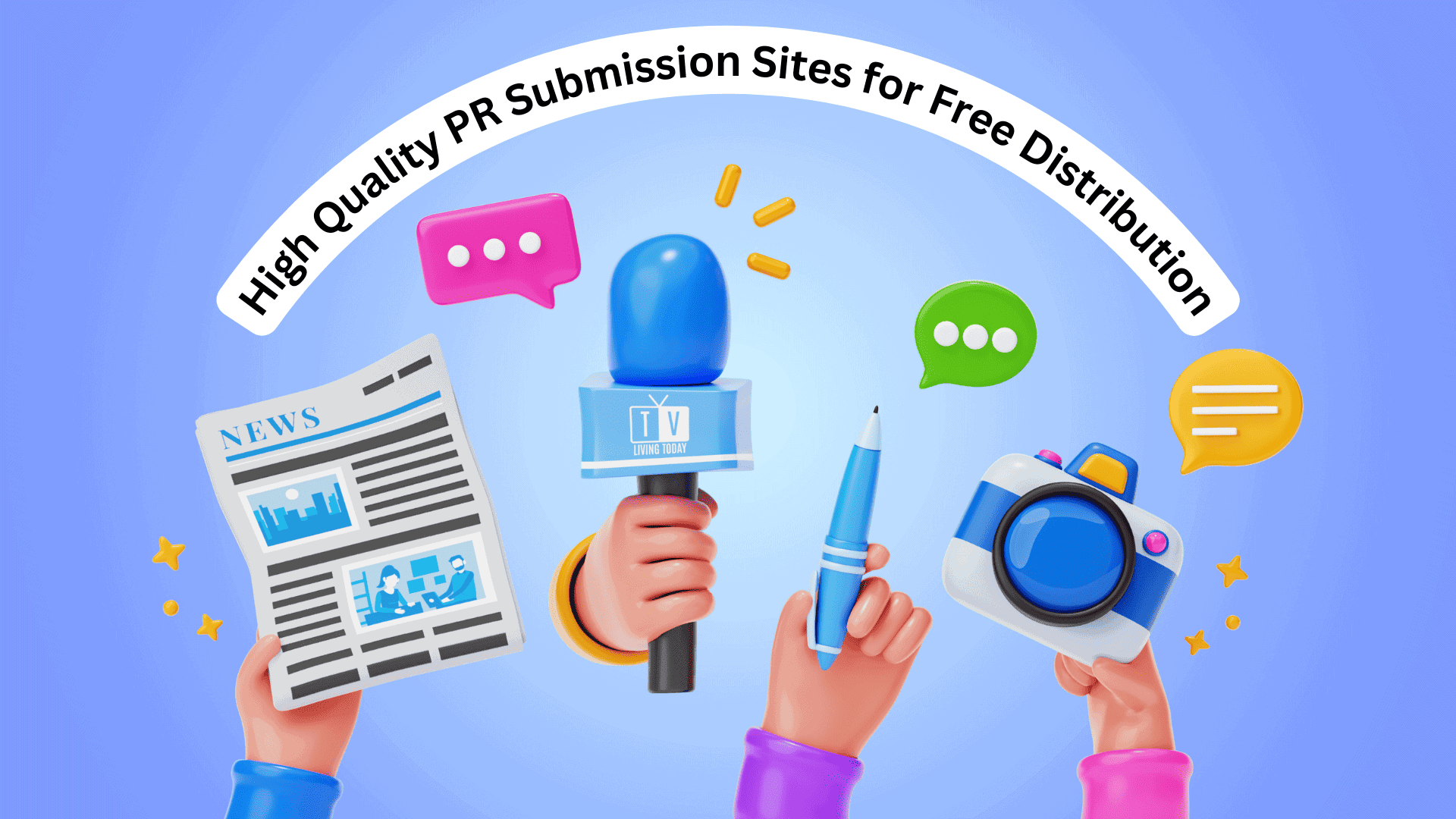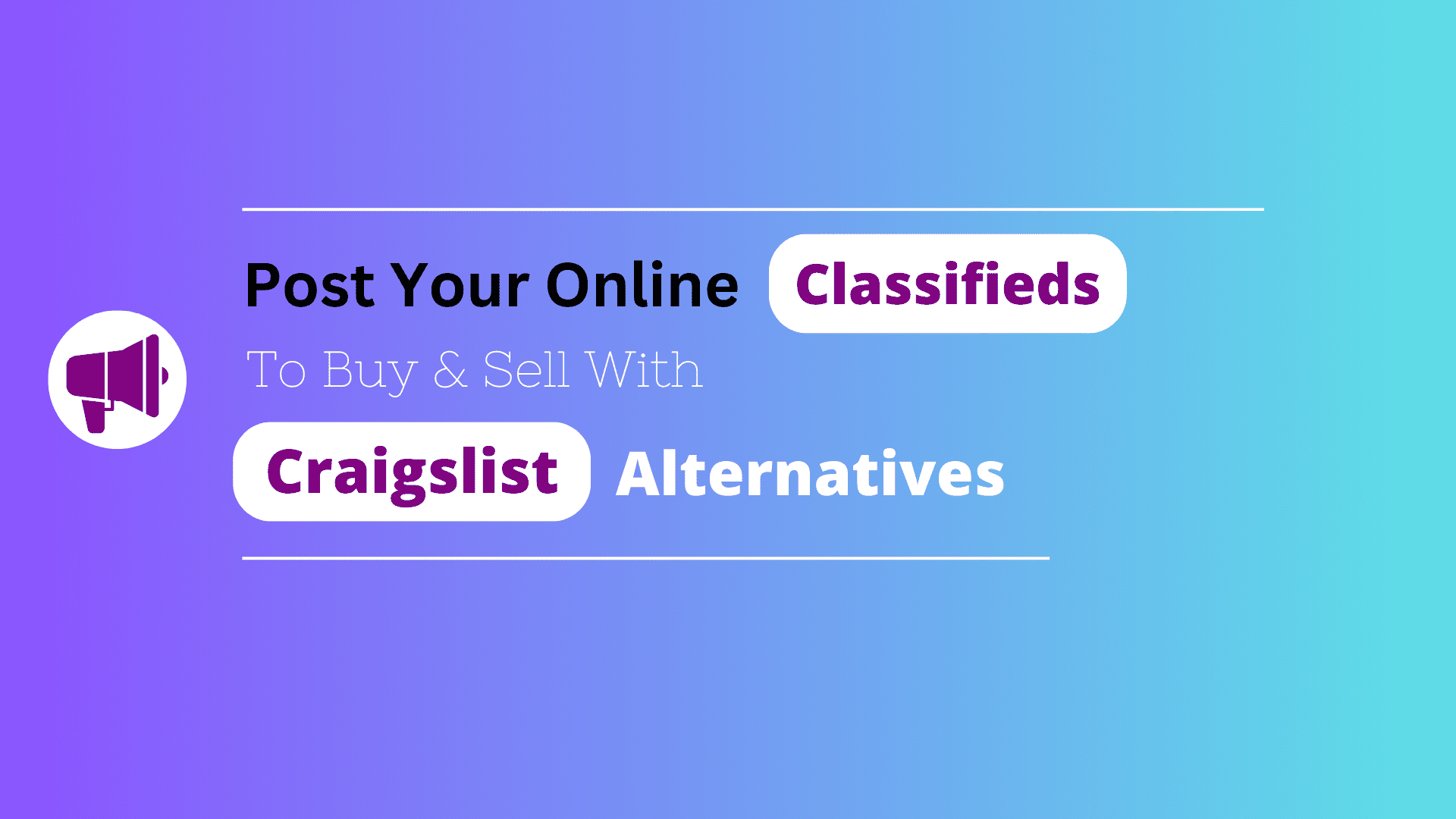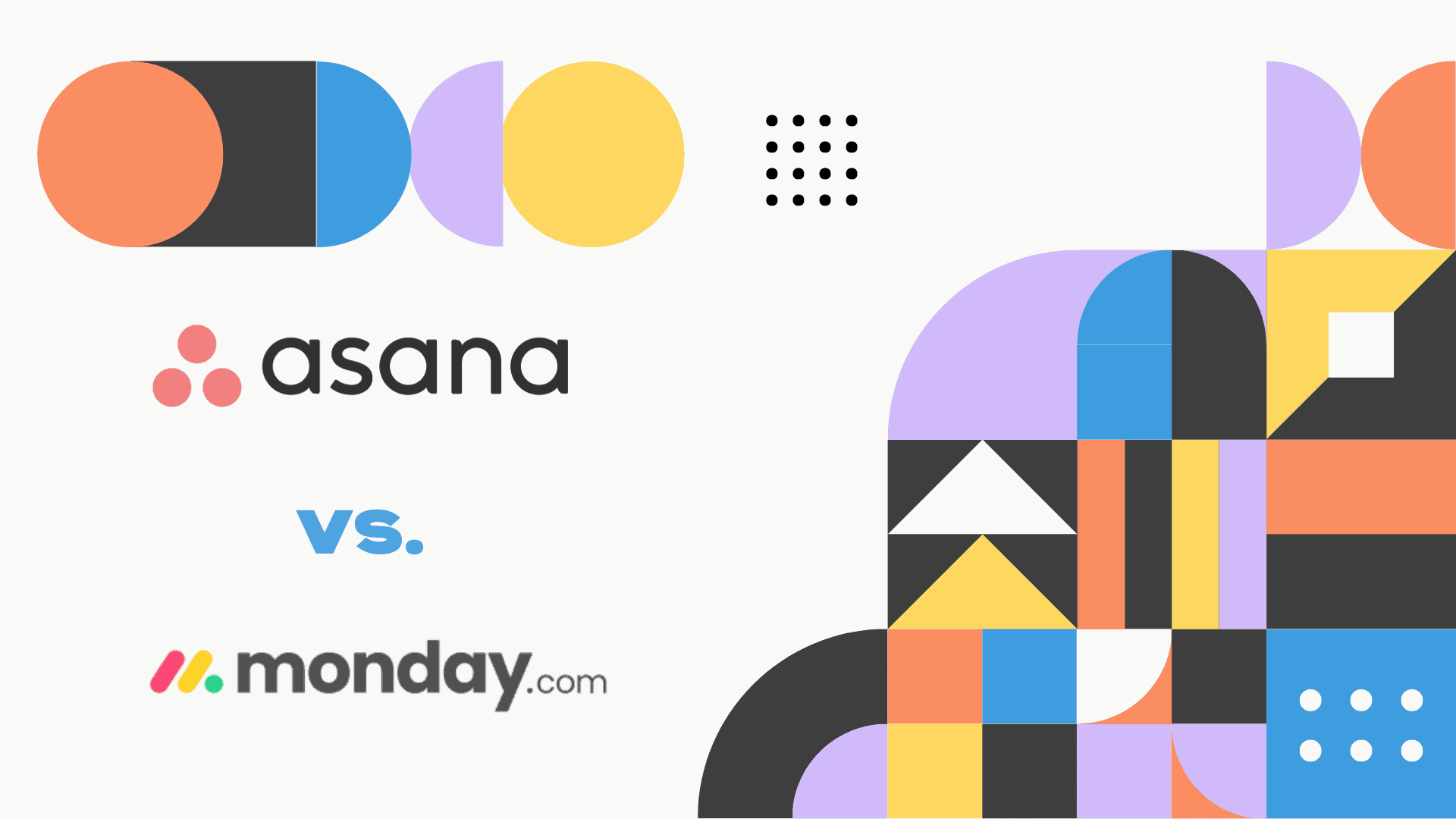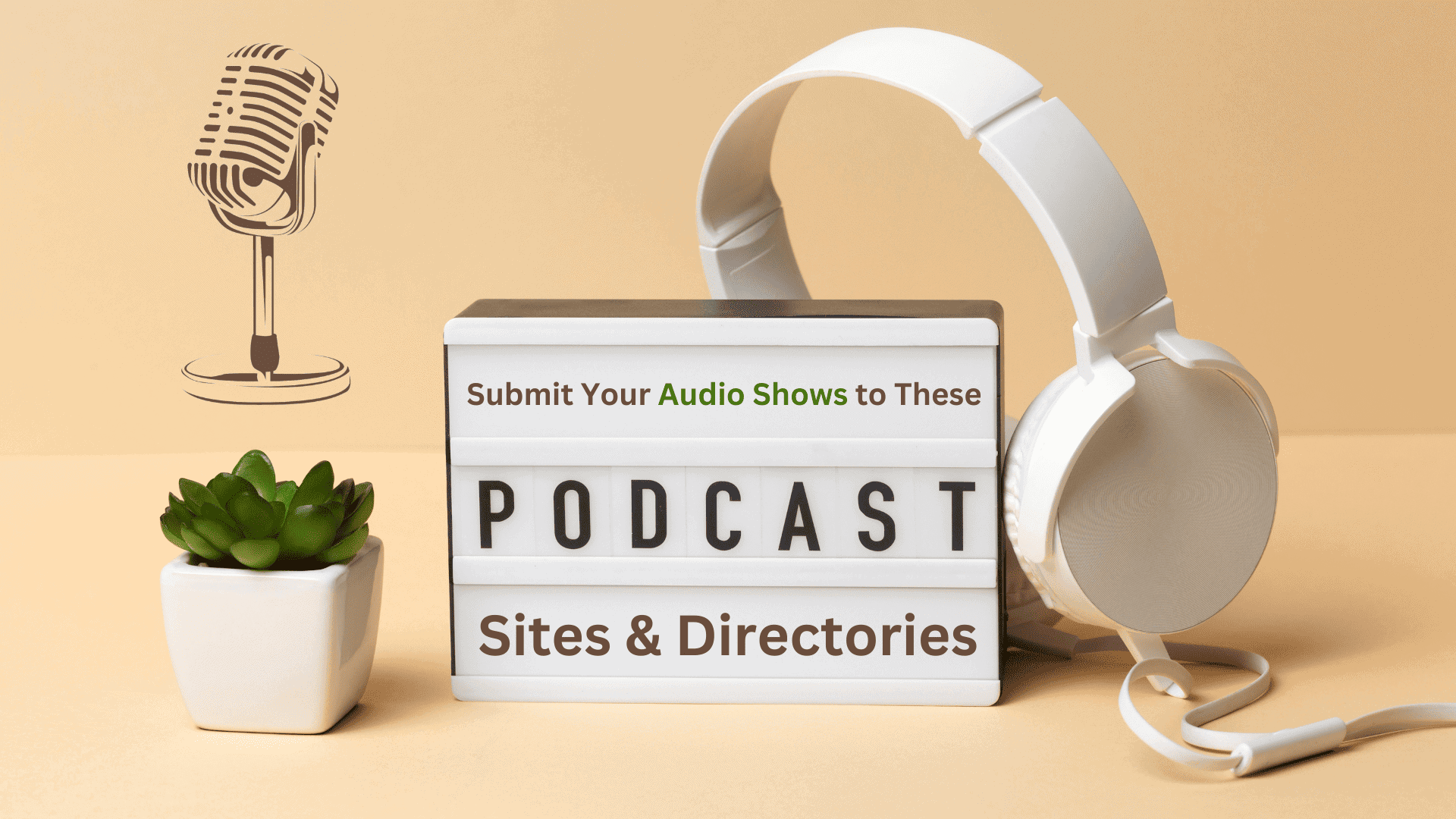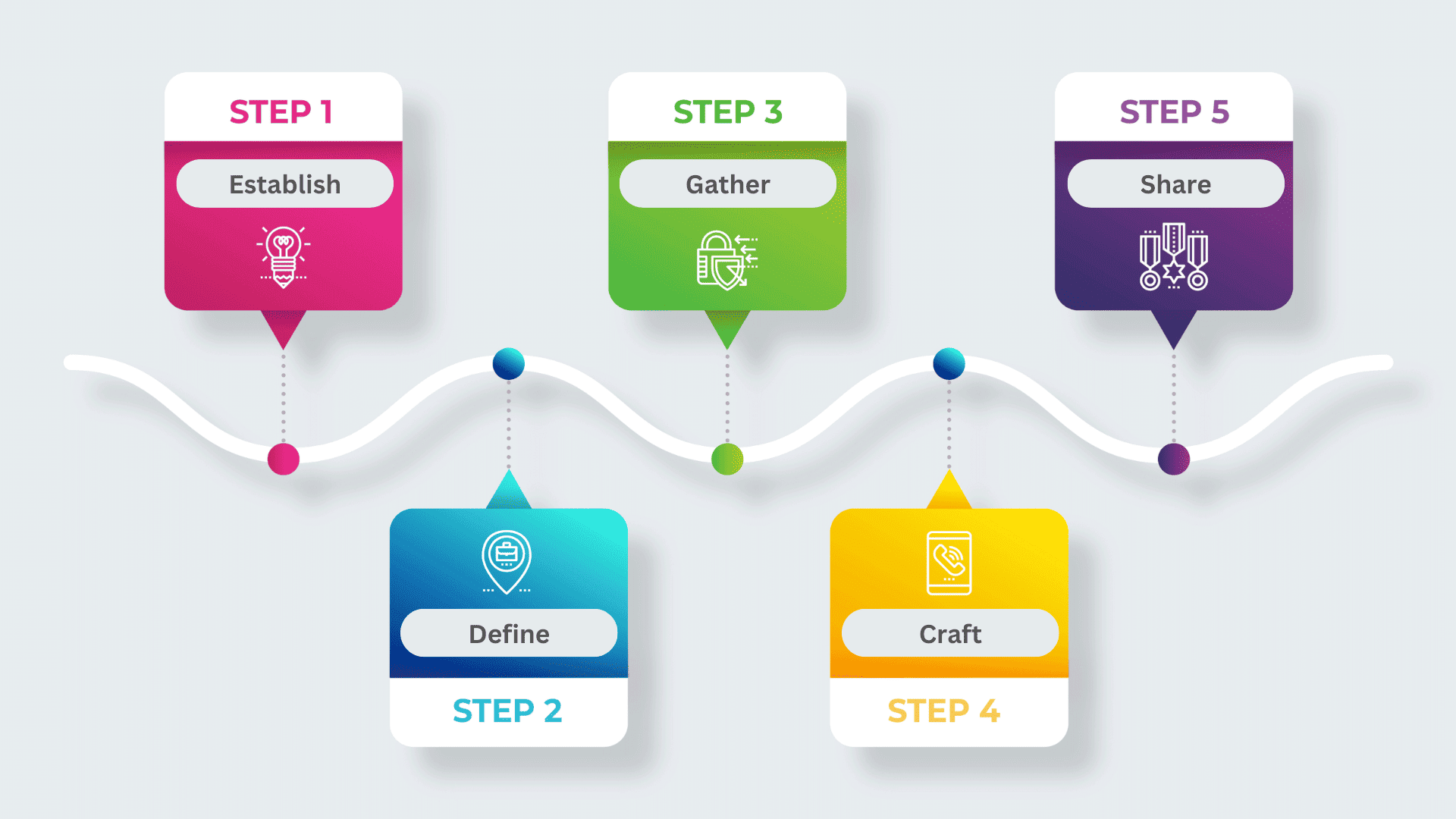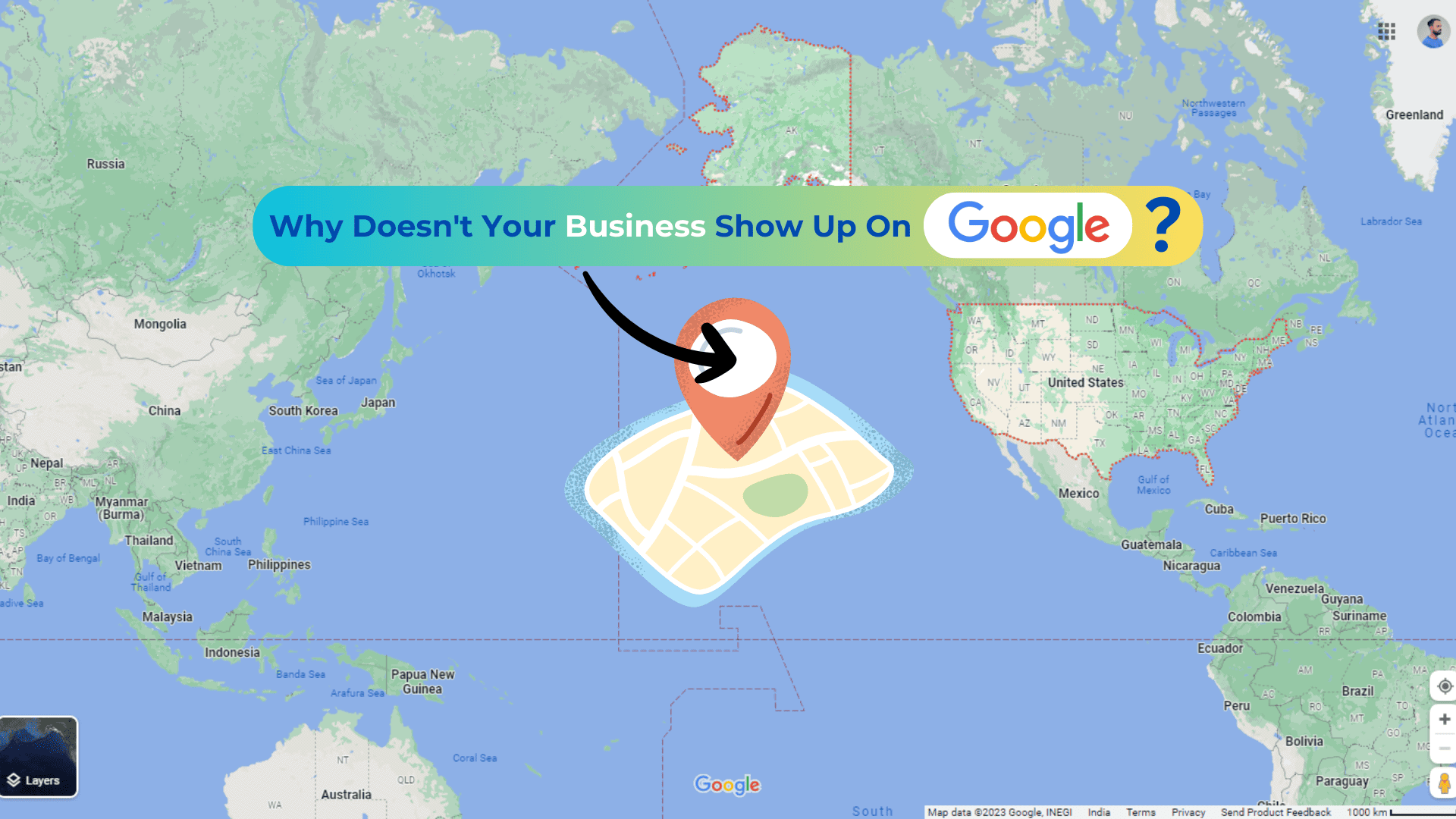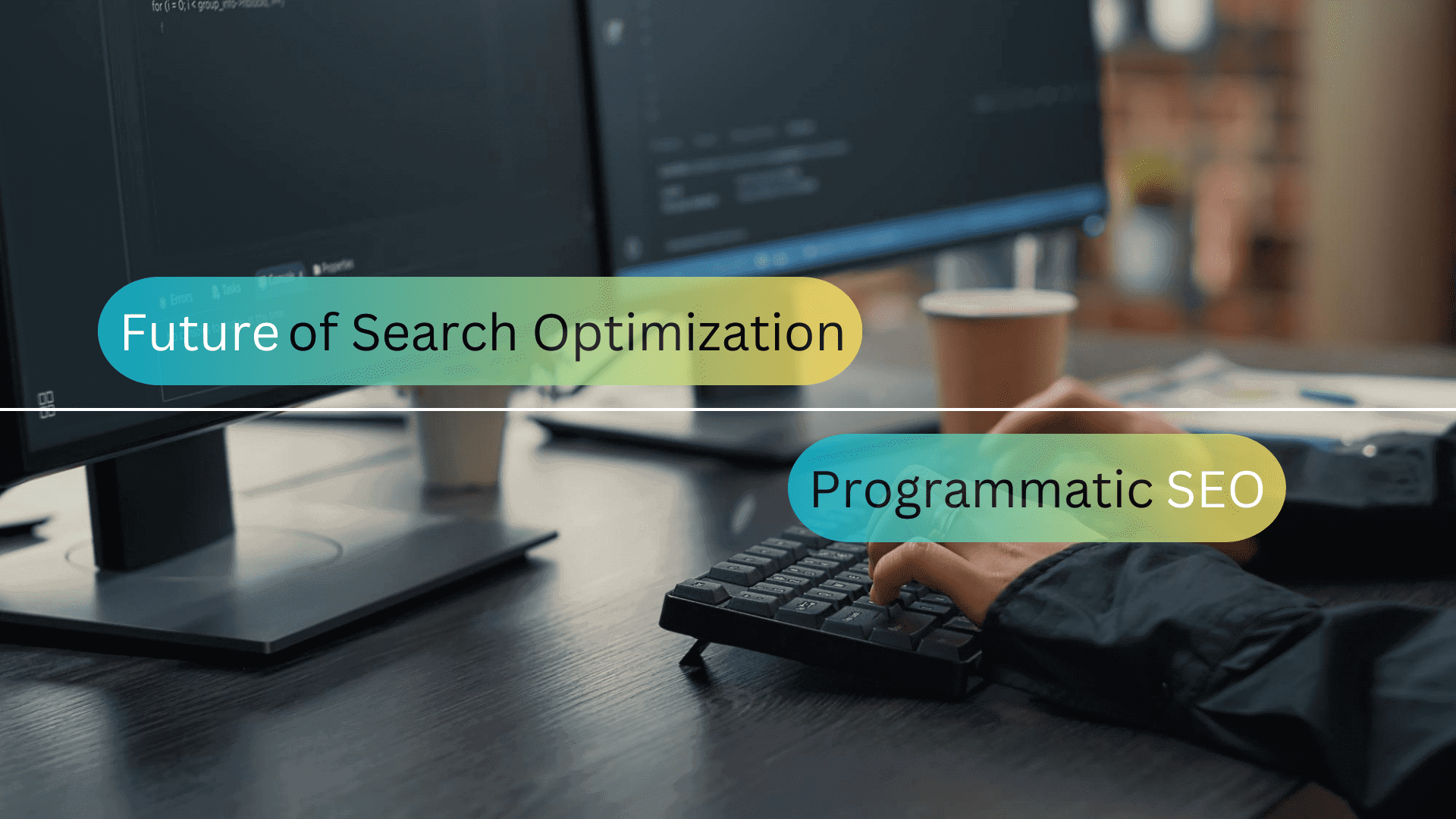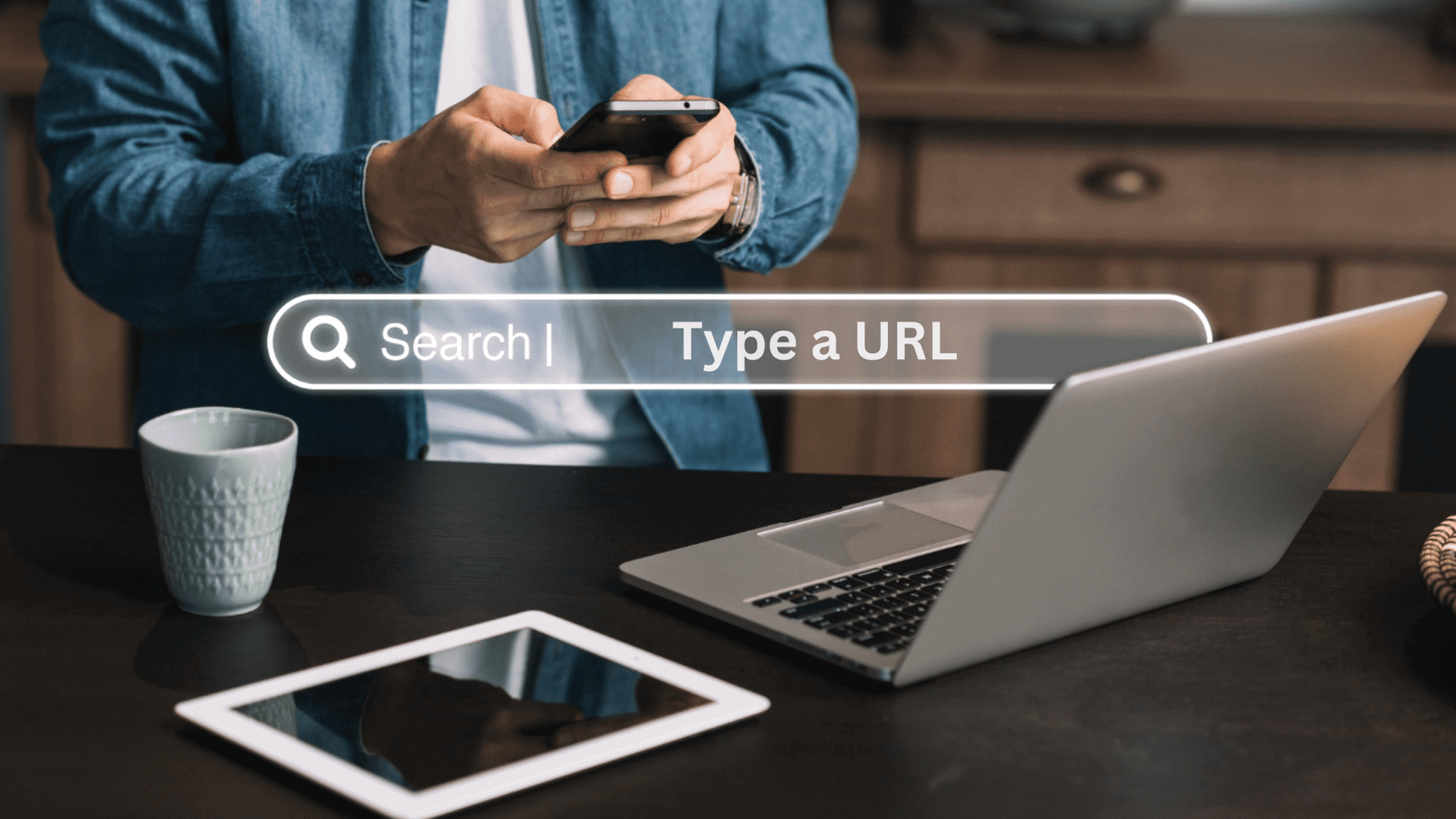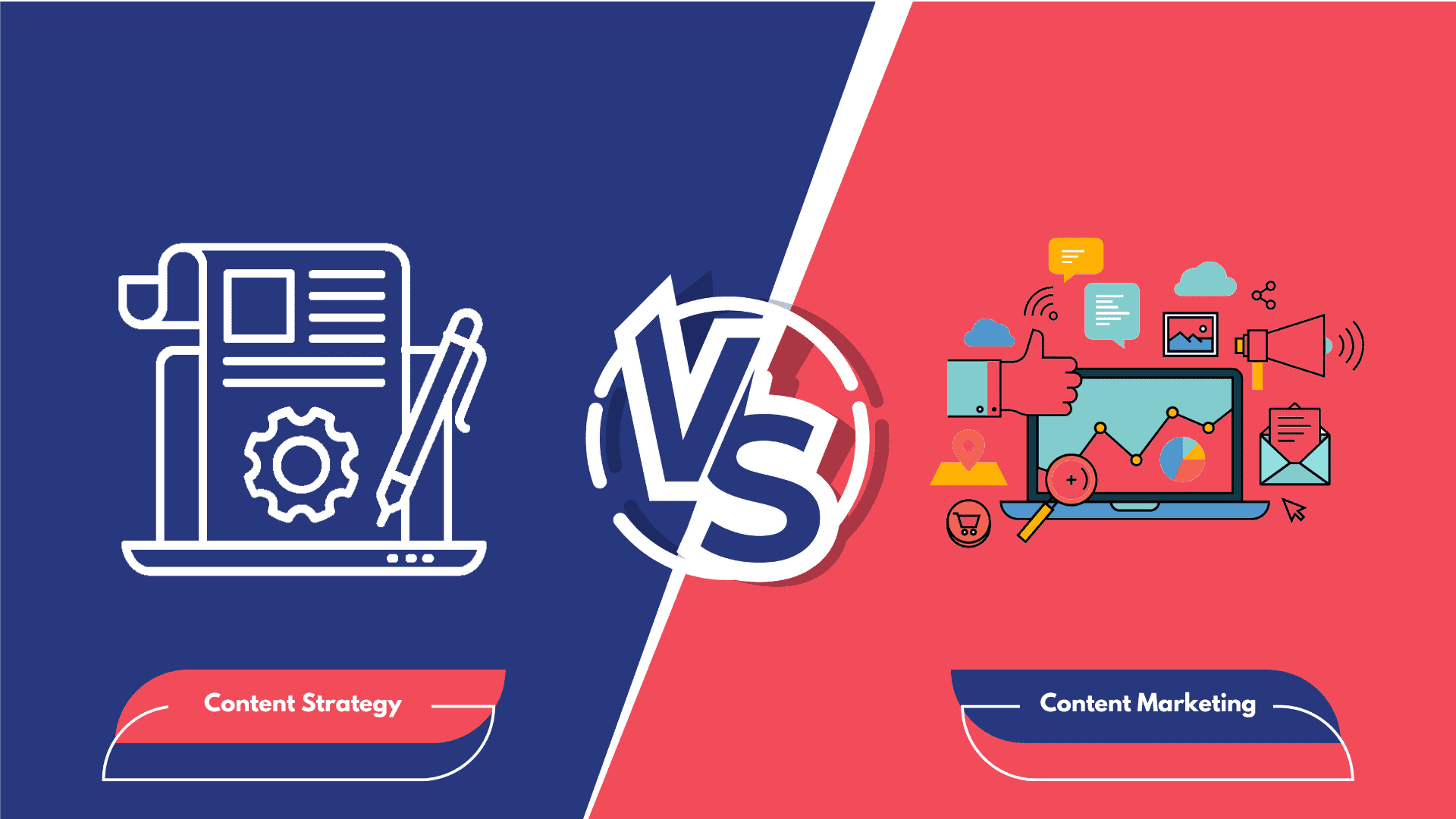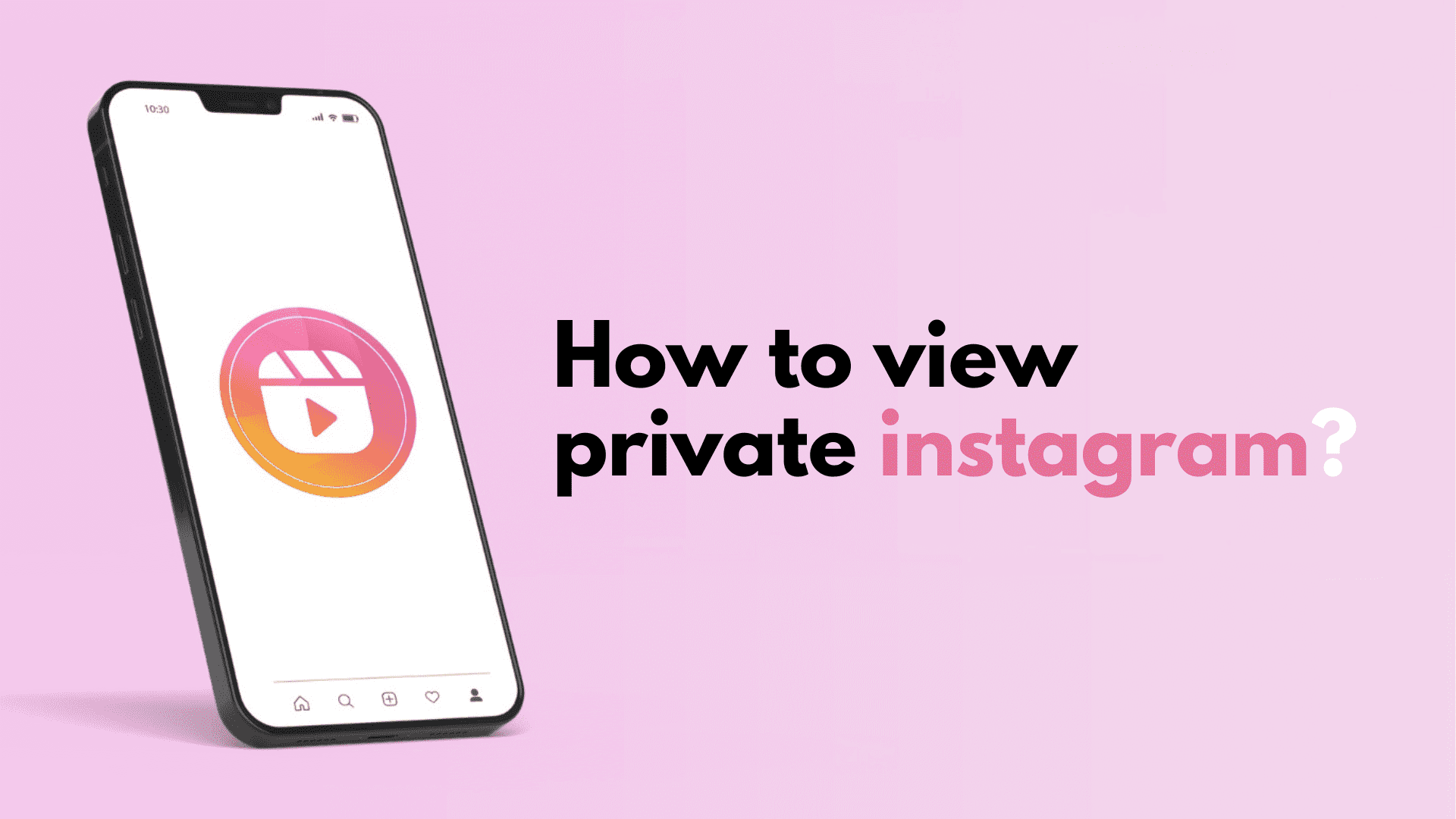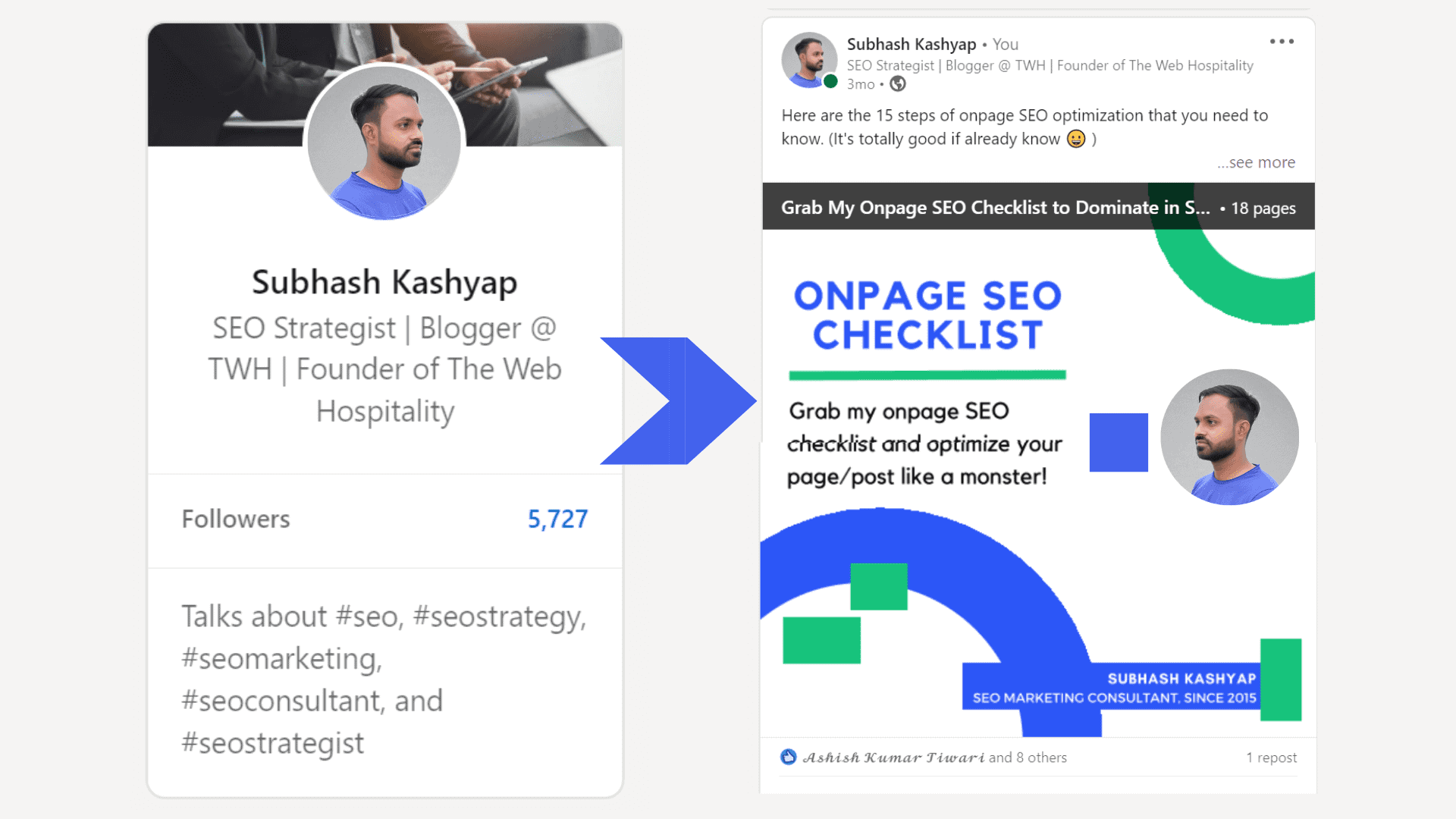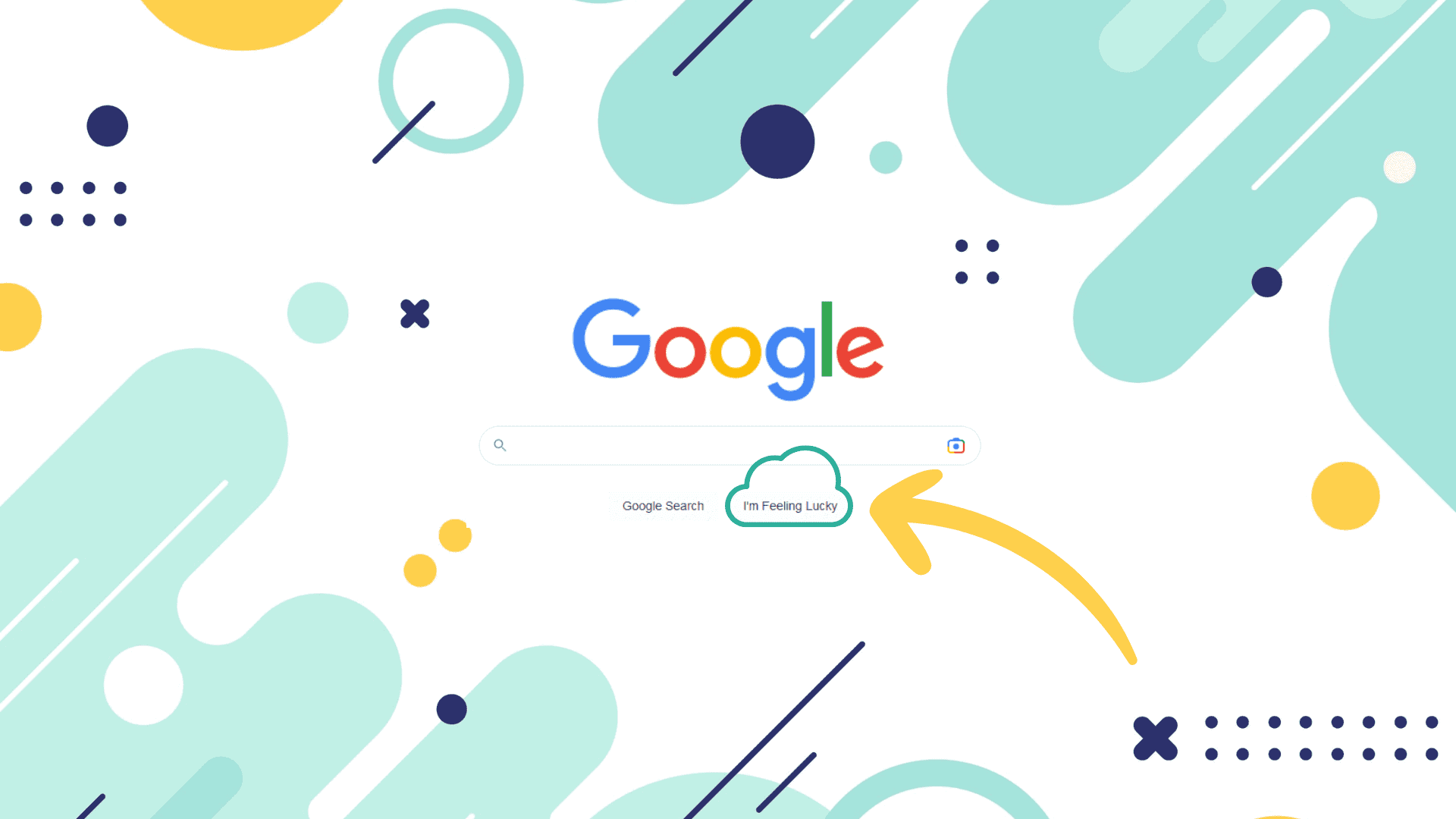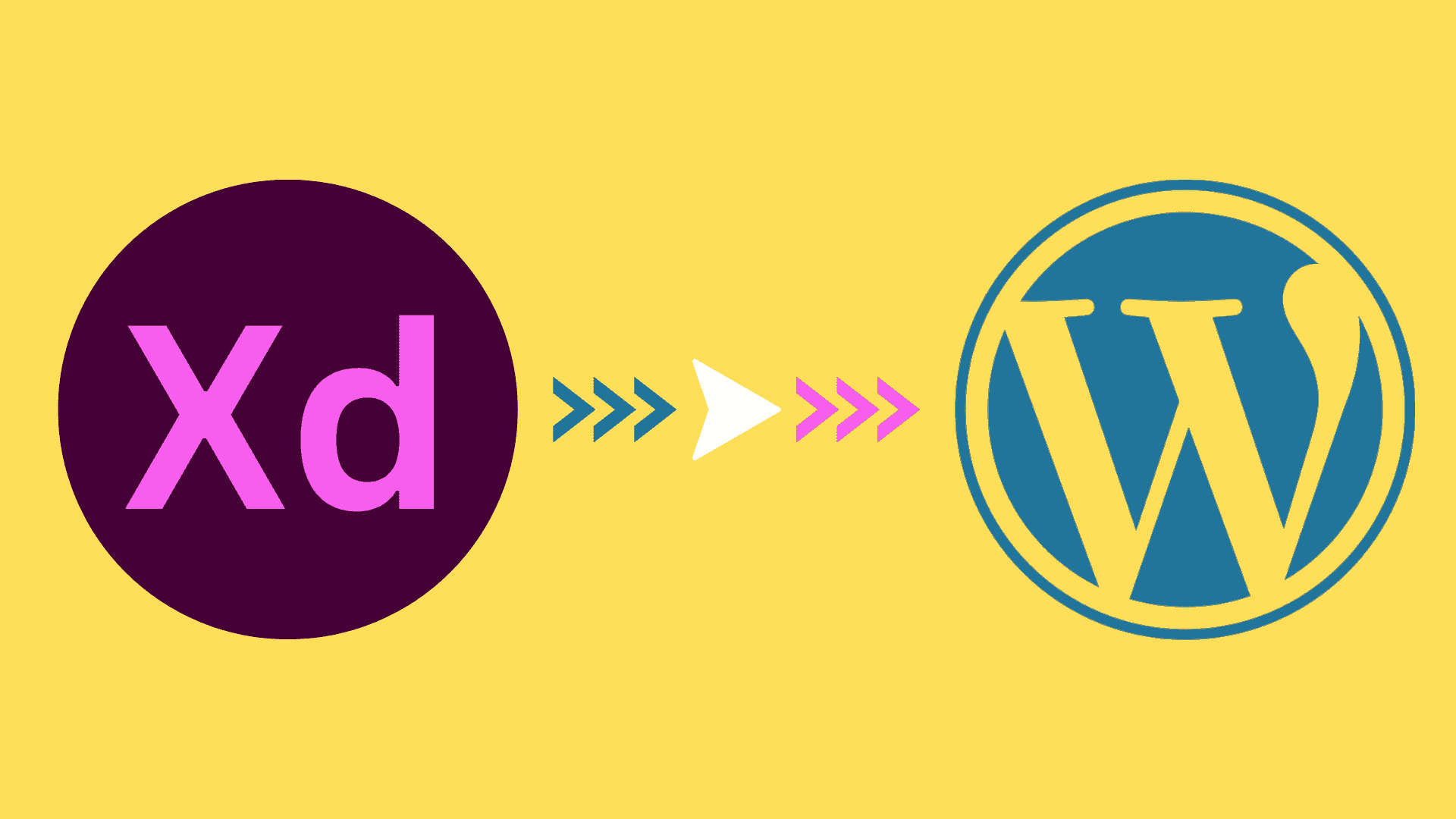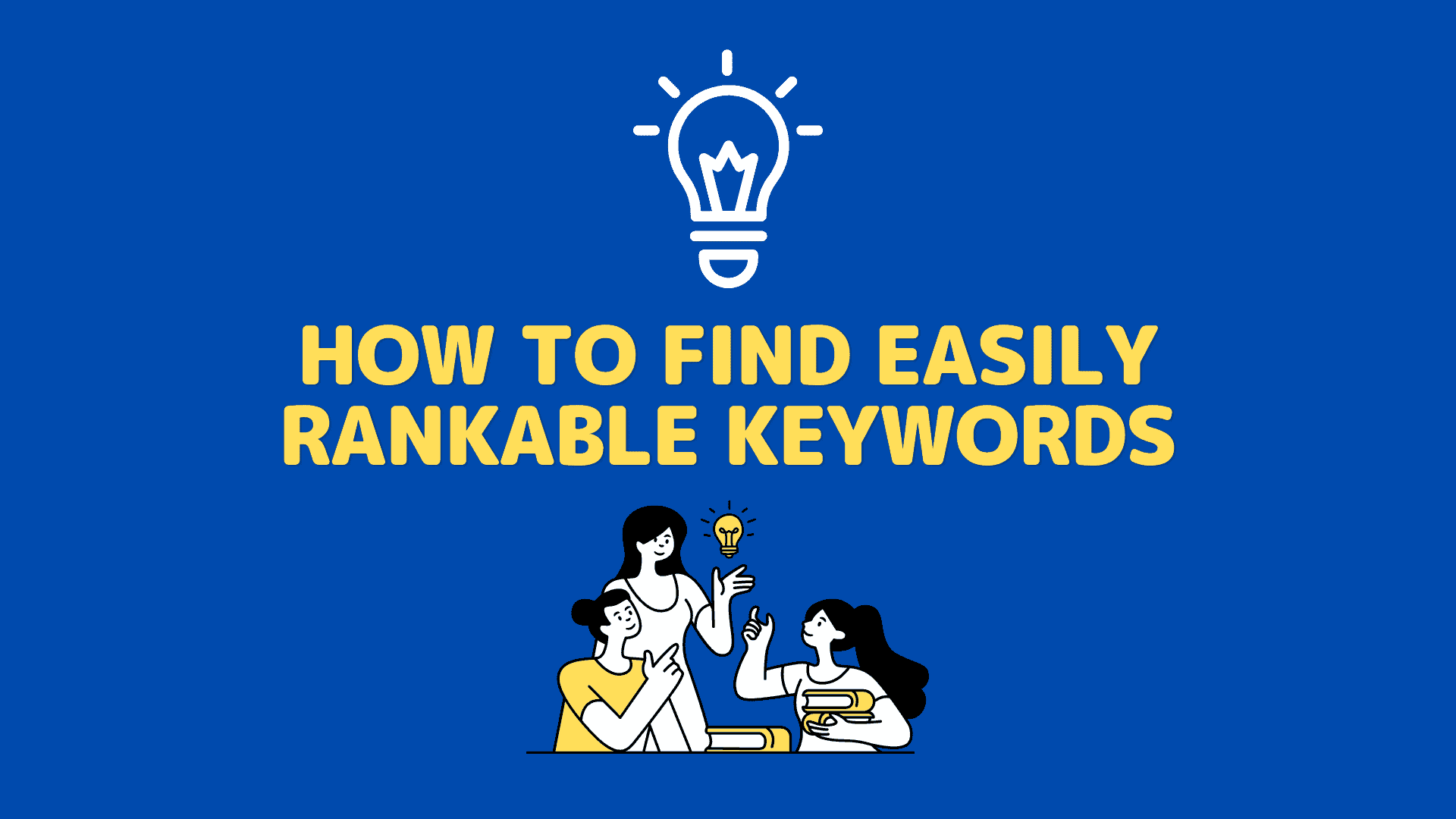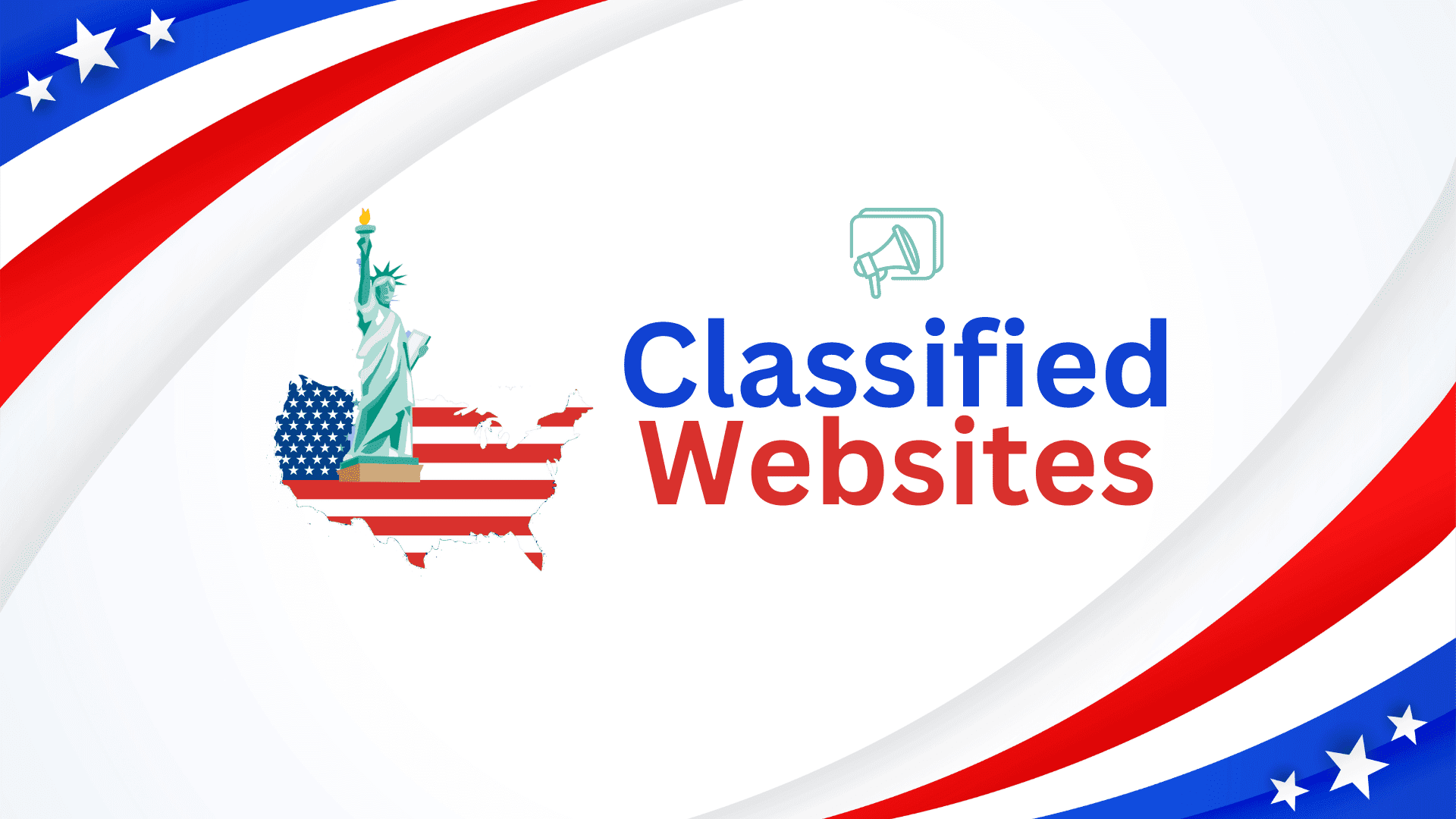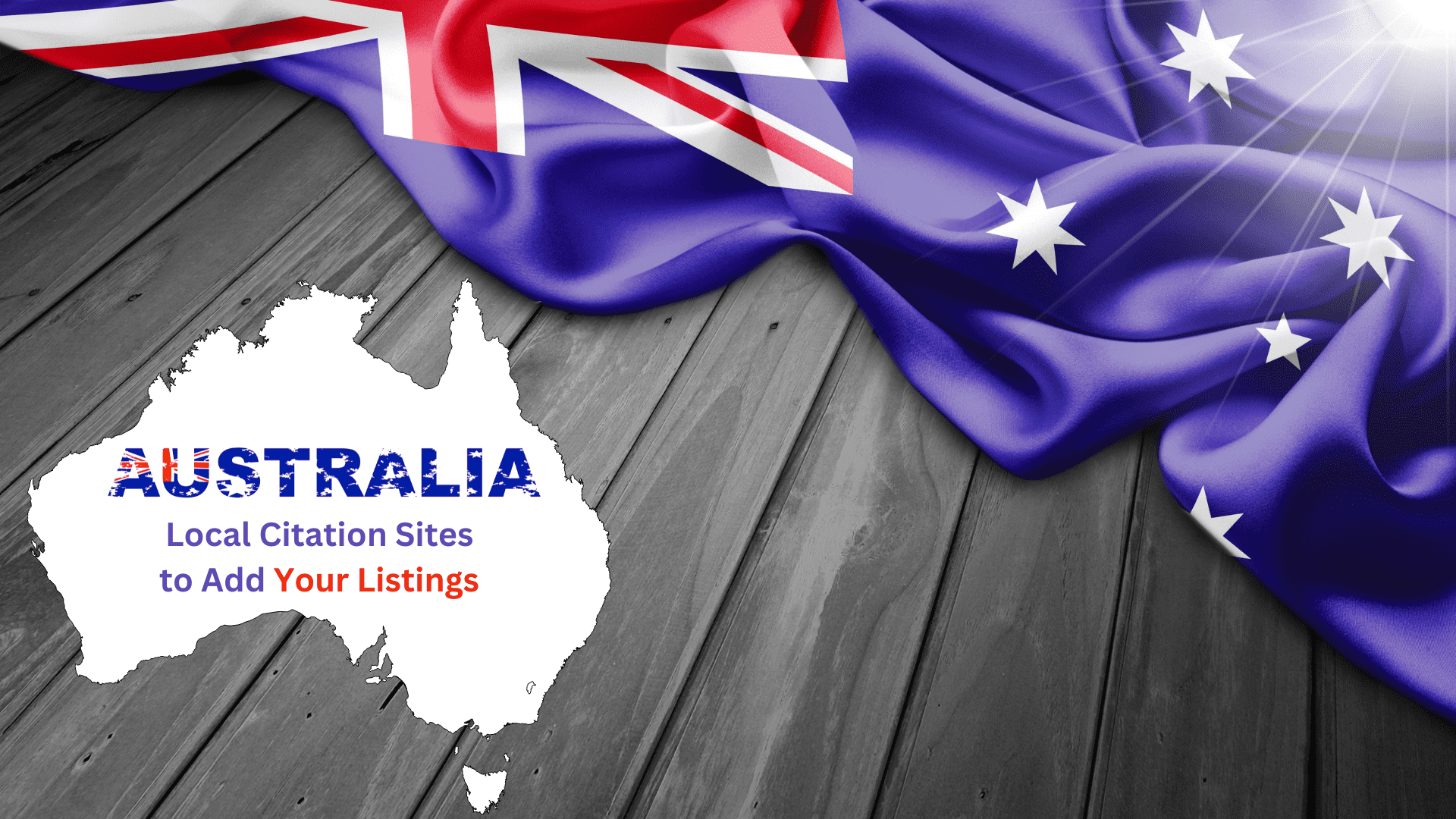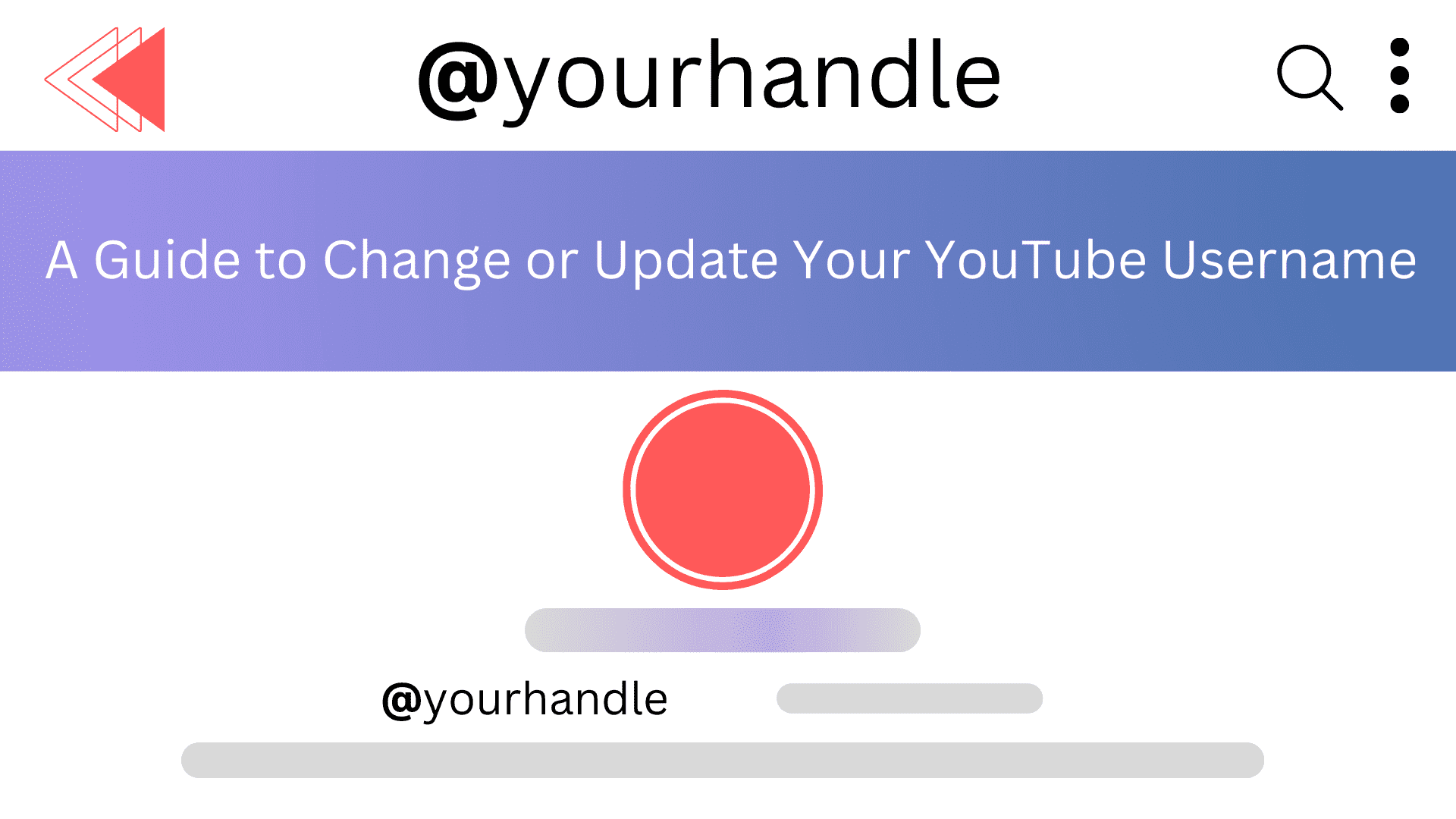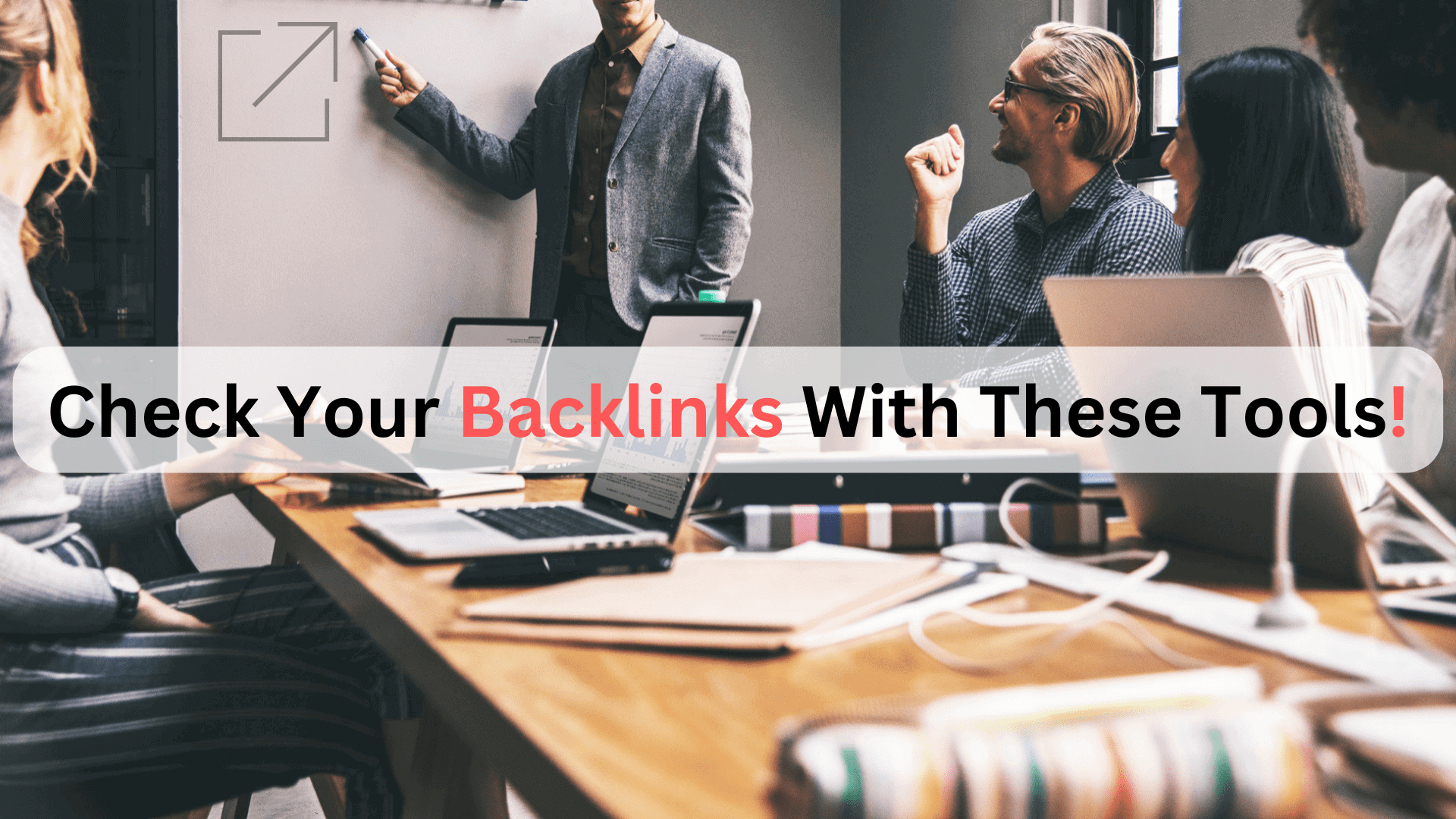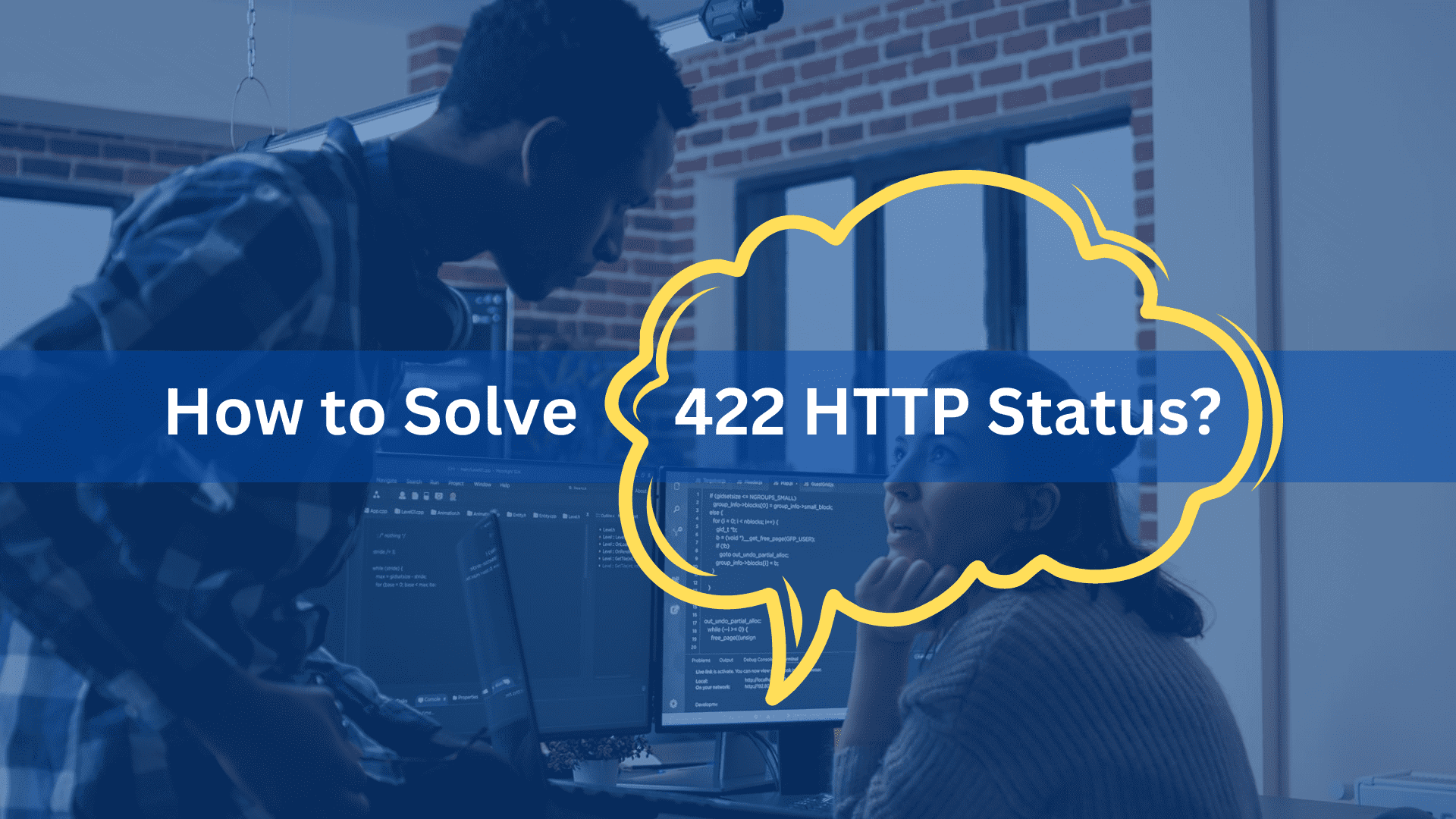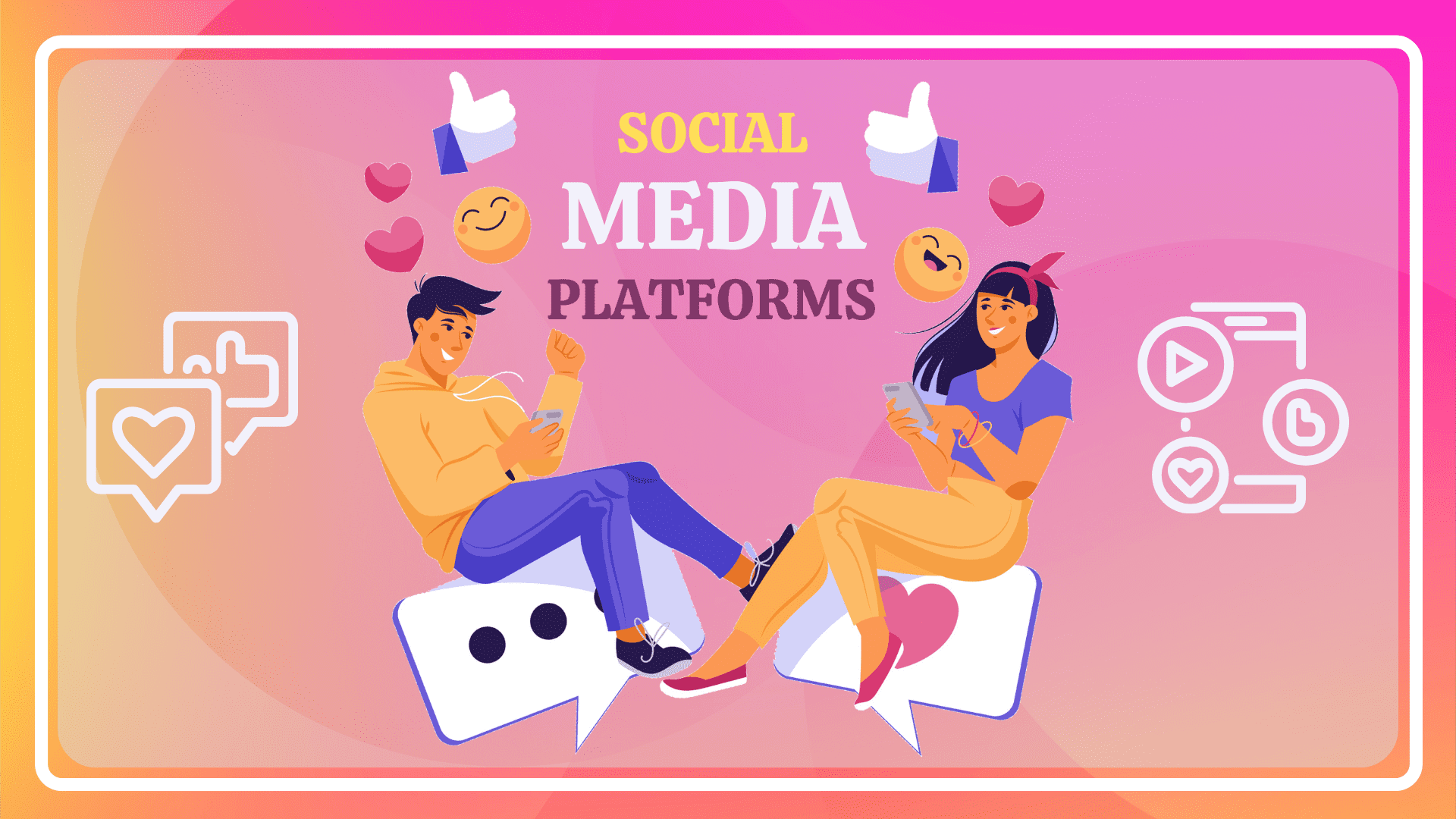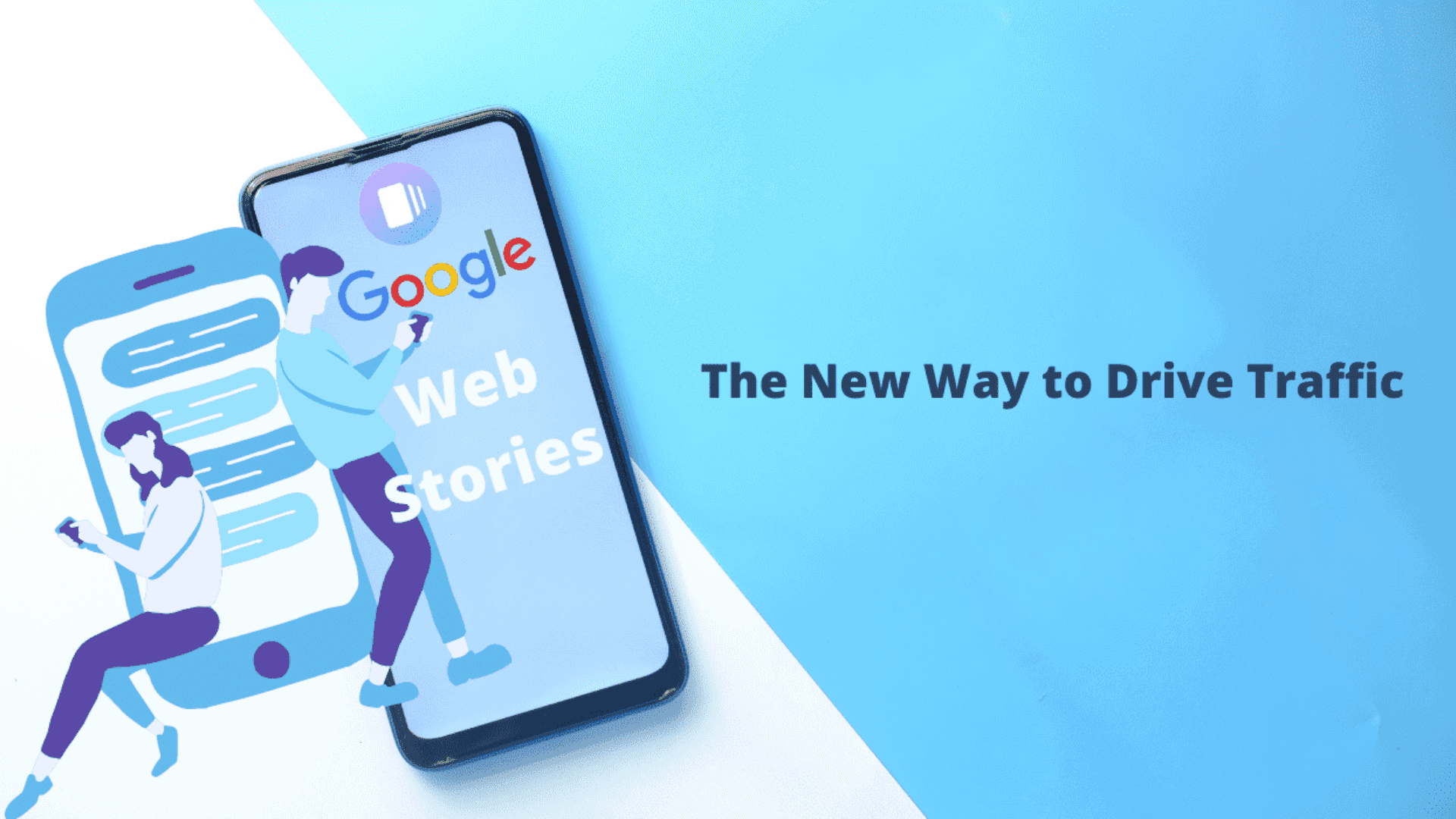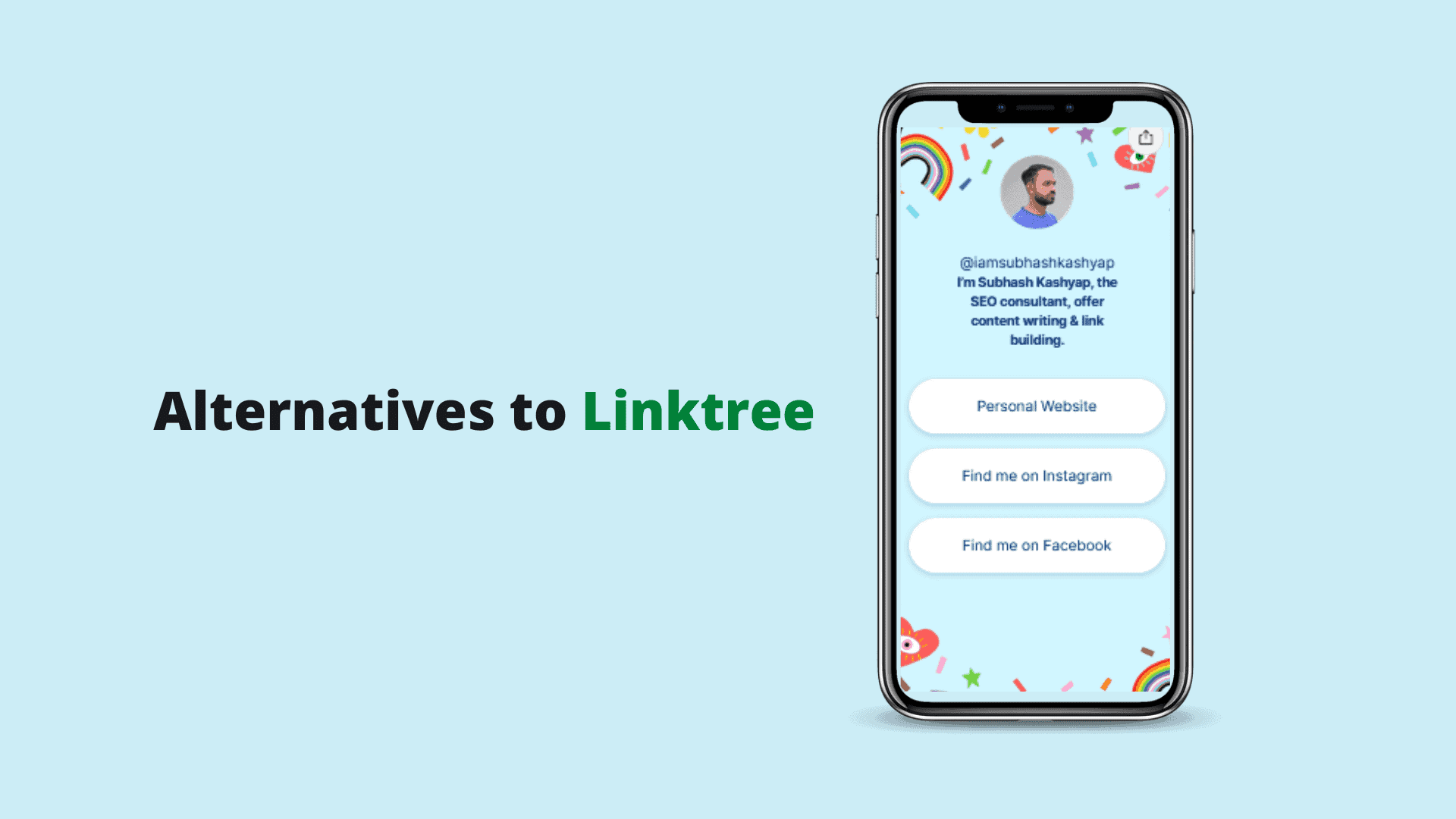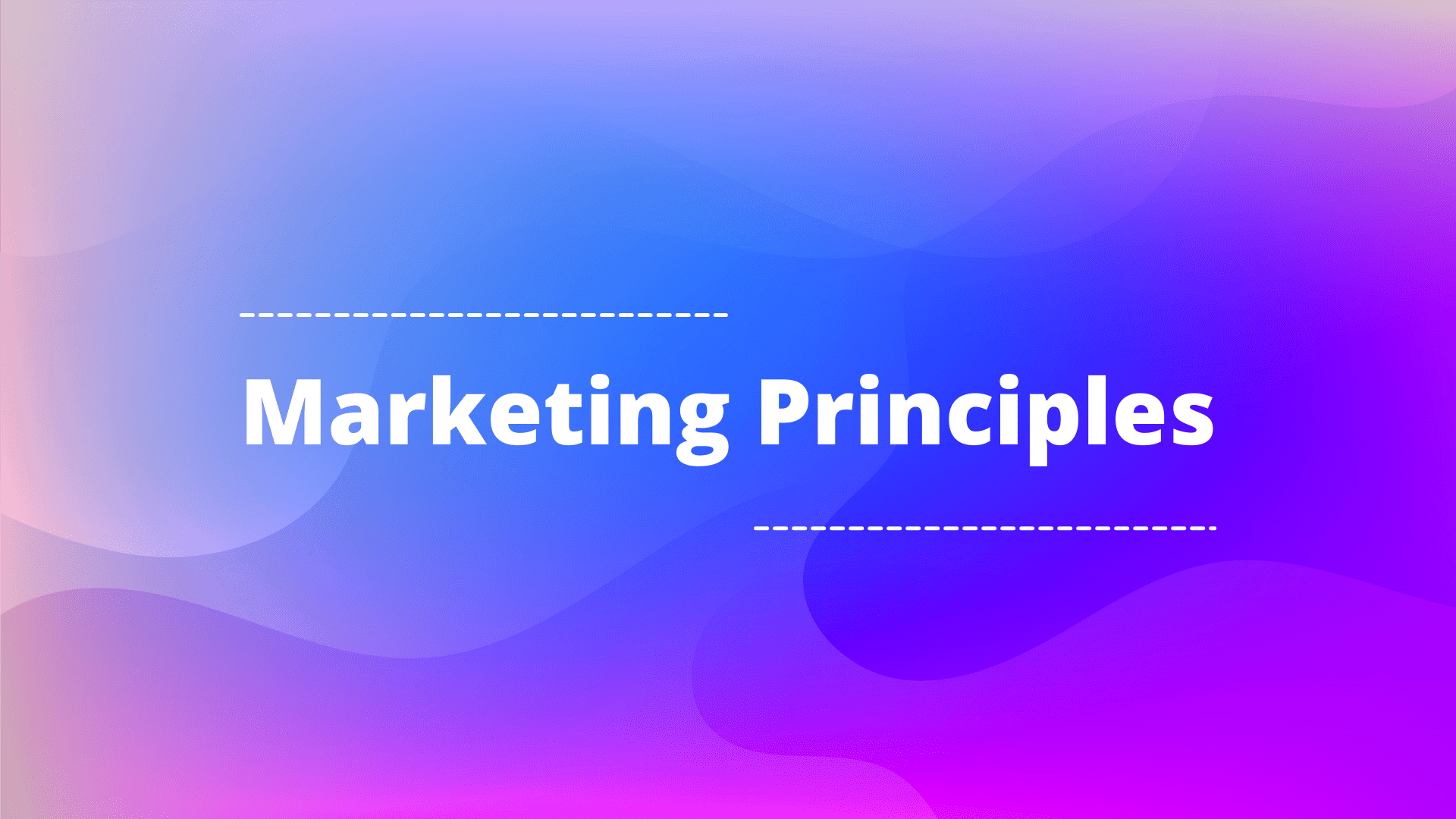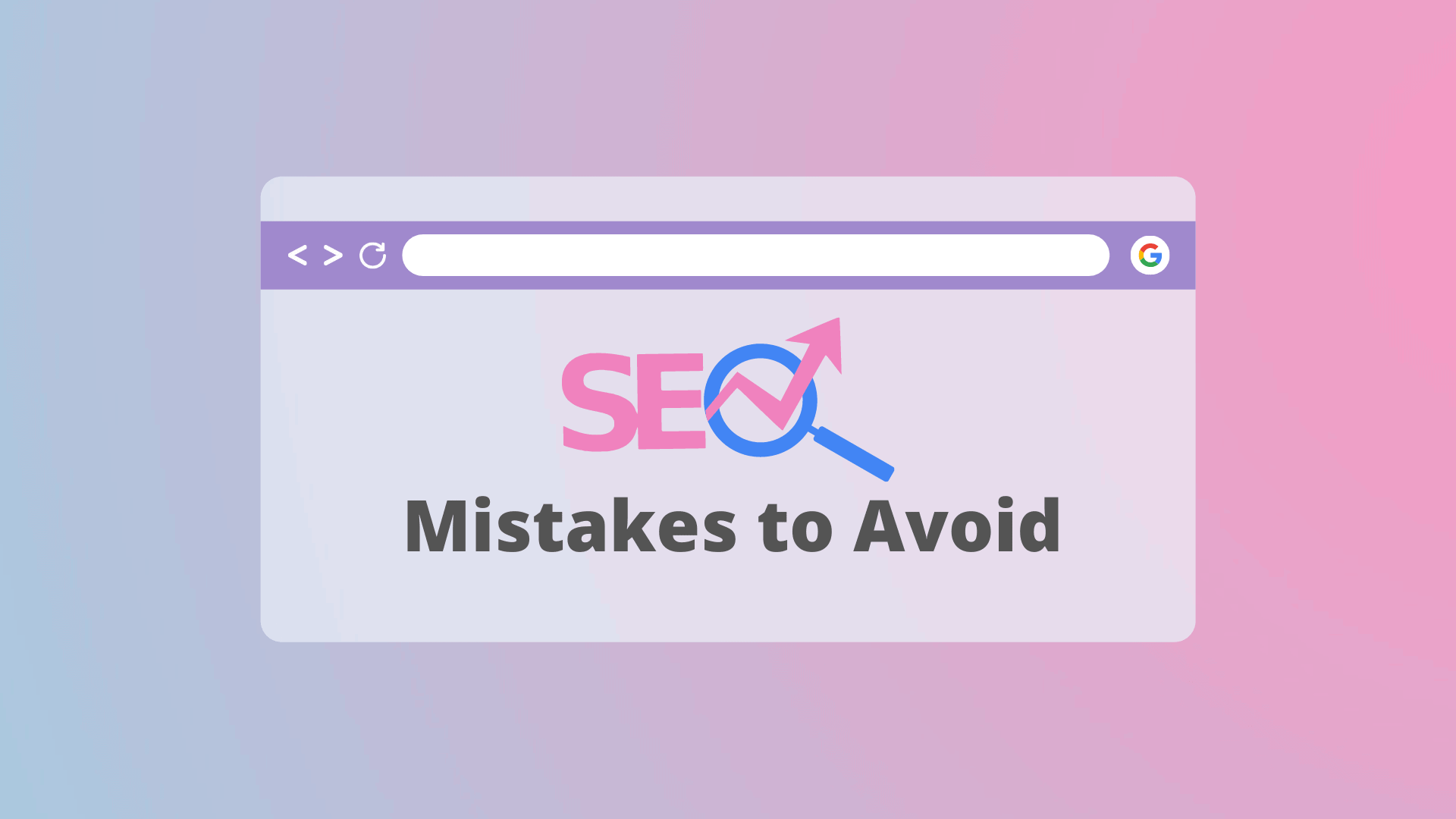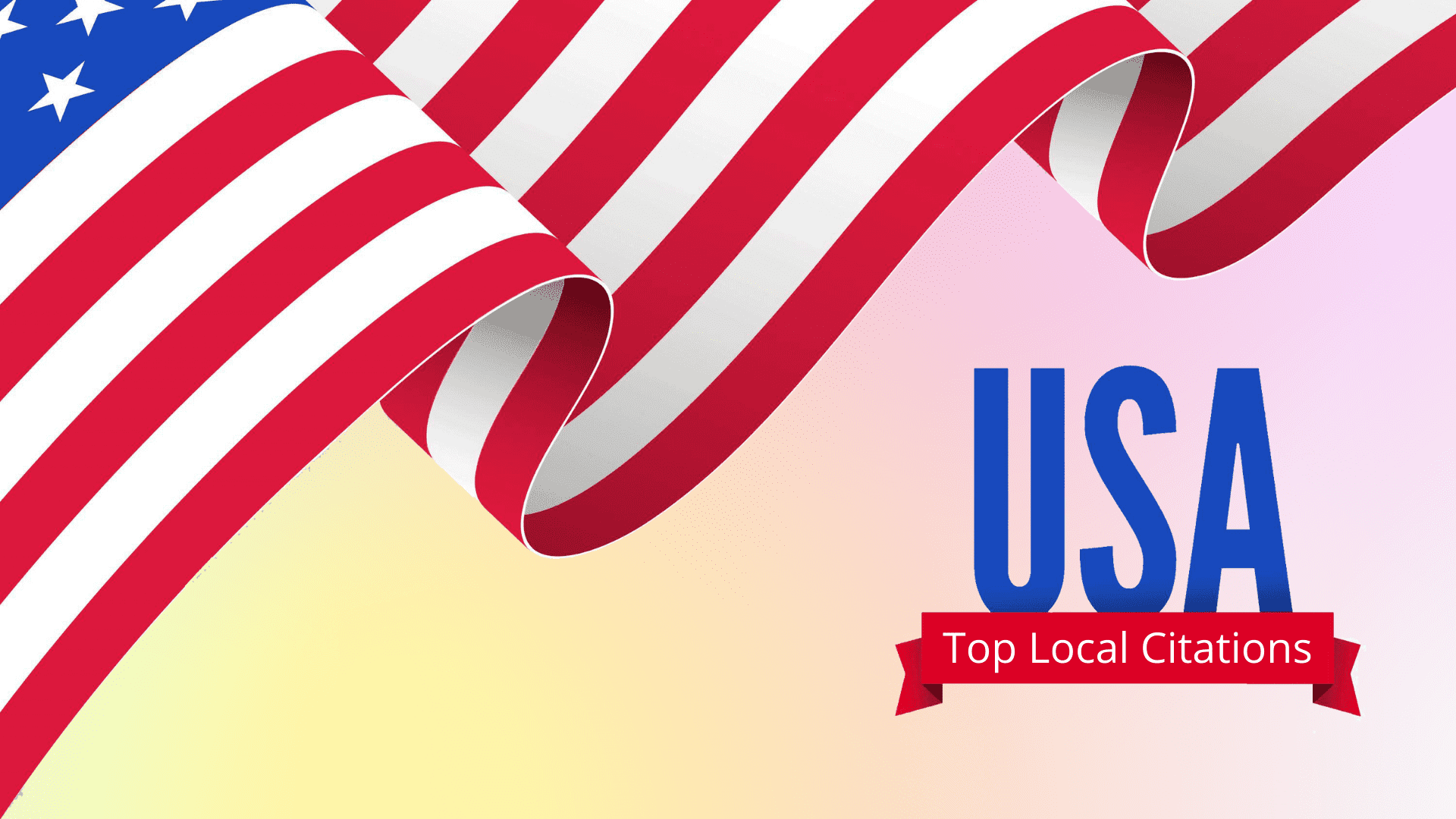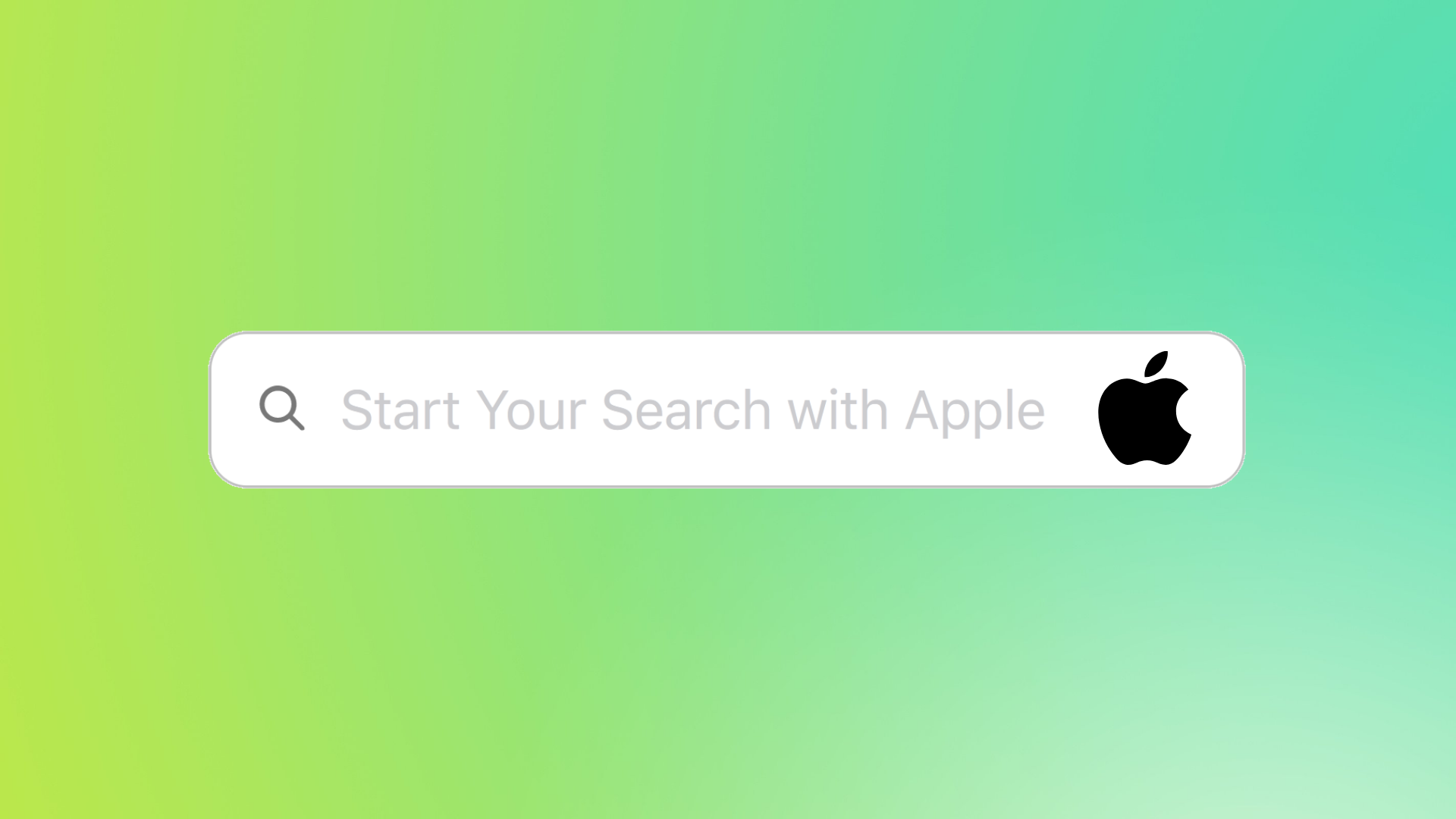Table of Article Contents
ToggleA Complete Guide to Achieving Brand Awareness in 2025
Do you want to know which targeting option is perfect for building brand awareness?
There are so many targeting options on the internet today that it may seem as if you are trying to find a needle in a haystack.
But don’t worry. I’ve done this daunting task for you.
Let’s dive right in and understand what brand awareness is, in conjunction with the best target option for achieving it.
The few frequently asked questions for the same have also been covered.
Starting from the basics.
What is Brand Awareness?
Brand awareness means the extent to which a particular brand is recognized and related to by its products, services, values as well as its entire identity.
It does not only show us how common something or someone else might be, but also makes it possible for us to know someone’s existence through the language he/she communicates with.
High brand awareness helps you achieve:
- Low price sensitivity
- Increased credibility
- Higher customer loyalty
How Is It Different From Brand Affinity?
Brand Affinity differs from Brand Awareness in that it doesn’t just measure how well known or recognized by consumers but how much they like you.
More importantly, brand affinity requires some real affinity; you can be trusted; one’s choice of whom to buy is a matter of priority.
Achieving Brand Awareness in Google Ads
Google ads give a wide range of targeting options to achieve brand awareness. So, let’s start from the basics.
Google provides you with two major ad placements.
- Google Display Network (GDN)
- Google Search Network
1. Google Search Network
The Google Search Network is a network of search-related websites and applications where ads are placed and shown when users search on Google.
This is a feature of Google Ads that enables advertisers to show their ads just next to search results that are in some way related to their products or services.
Pros of Google Search Network
- Search network campaigns allow you to work with a predefined budget without having access to prior data.
- These ads target specific users, helping you with conversions.
- You can customize your ads based on location, demographics, keywords, and even local times.
Cons of Google Search Network
- PPC keywords in popular niches can be quite competitive and expensive.
- Competitors may click on your ads to incur high losses.
- If you’re a photo-dependent product, it might not be very successful.
2. Google Display Network (GDN)
Marketing trends indicate that Google Display Network has grown exponentially as an advertising tool.
Choosing funny texts, unique lines or quirky images are some of the reasons why you should make good use of this tool.
This further helps you create brand awareness at cheaper costs.
You can use GDN for brand awareness through 2 tools:
- Predefined Topics: Place your ads on websites and blogs related to your product.
- Audience Targeting: Targets audiences based on their habits and interests.
Pros of Google Display Ads
- It provides you to work with a long-term campaign with a decent budget to strategically promote your brand.
- Through image-based ads, you can increase the appeal of your product and also warm up the cold audience.
Cons of Google Display Ads
- It doesn’t allow you to work with intentional traffic or hot leads.
- These ads may not target the right audience.
Now that you’ve familiarized yourself with Google Ads, I hope you could decide which is best for achieving brand awareness for your business.
Moving on, it’s time to understand which audience to target based on your niche.
Types of Audience
Broadly, Google classifies 8 different types of audiences. However, to start with, I’m gonna narrate the two main ones.
1. Custom Affinity Audiences (CAA)
Google claims CAA can help you reach over 90% of users if you use it effectively.
A custom affinity audience is an audience that you create on your own.
In simple terms, you instruct Google to generate custom audiences for your business based on the recent search behavior of your customers.
There are 4 key attributes that define custom affinity audiences:
- URLs: You can specify which pages you want your ads to be displayed on.
- Places: This attribute allows you to target specific locations.
- Interests: You can include keywords that are relevant to your products and services.
- Apps: You can target specific apps.
If you’re a beginner, you can just start with URLs and interest to effectively target your potential customers.
Advantages of Custom Affinity Audiences
- Encourage potential customers to visit your website.
- Control how you track and discover customers online.
- Reduce your reliance on Google’s predefined audiences.
- Get a precise customer profile.
- Maximize qualified clicks and increase conversions.
2. In-Market Audience
In market-audience helps you reach the customer in the future stages of the marketing funnel.
This helps you build a community of loyal customers and earn more money.
In-market audiences allow you to modify search bids for individuals on your re-marketing lists who have shown previous interest by visiting specific sections of your website, mobile app, or YouTube channel, or by being a part of your email list.
Advantages of In-market Audience
BWhen you concentrate on users that have made up their minds to buy something, you can get more sales and spend less on leads that do not generate revenue.
There are different segments represented by different types of users. So, act wisely.
Achieving Brand Awareness with Facebook Ads
Another place to achieve brand awareness is through Facebook Ads.
In fact, it offers some of the best targeting options to help you target the right audience.
Comprehensive keyword targeting also helps you reach specific individuals, exponentially increasing your sales.
Also, it gives you deep insights into your customer base so you’re never left guessing.
All thanks to the Facebook Ads manager.
Facebook Ads Manager: A Quick Introduction
Facebook Ads Manager helps you calculate your conversion rate based on the following statistics:
- Weekly Reach
- Post Engagement
- Page Likes
- Clicks
- Conversions
- and, Most Popular Posts.
This will help you build a strong strategy and target the right audience by creating ads based on the elements mentioned above.
However, there are also a few cons to using Facebook ads.
- Facebook is losing its appeal among the newer generations. Platforms with short-format video content like Instagram and TikTok are taking over the market.
- Facebook is still promoting itself as a purely social media network and not for business networking.
- Users have complained about misreports in the metrics.
Even with these downsides, Facebook still remains one of the best platforms for garnering brand awareness.
Let’s understand some of the most essential features of Facebook Ads.
A. Custom Audiences
As a business marketer, custom audiences enable you to leverage the algorithm to discover pre-defined topics, specific pages, and interests that closely align with your business and attract clicks from particular users.
These users are categorized, allowing you to target them with your own ads and effectively convert them into customers.
Additionally, you can create up to 500 distinct custom audiences for each advertising account.
B. Basic Demographics
Basic demographics is another element that lets you target specific individuals based on your product.
You can target people based on their job, age, gender, education, and even location.
C. Interest Targeting
You can also target people based on their areas of interest.
Just go to the “interests” section of your ad settings and type the interests that you want to target.
The rest, Facebook will handle based on user behavior.
D. Ad Frequency
Another great practice is to choose your ad frequency.
High ad frequency helps you remain in the eyes of your potential customers.
So, the next time they’re looking for something you’re offering they’ll go to your website.
FAQ(s) about Brand Awareness
Generally, marketers identify 5 types of brand awareness:
- Brand recall
- Brand recognition
- Visual branding
- Top-of-mind brand recall
- Brand dominance
Here are some metrics to track to measure brand awareness:
- Social Media Engagement
- Brand Awareness Surveys
- Search Volume Data
- Brand Sentiment
- Website Traffic
Achieve Brand Awareness With the Right Strategy
Achieving brand awareness is essential for the success of every business. Online platforms like Google ads and Facebook ads offer you the perfect start.
They’re budget-friendly and help you narrow down your audience significantly. However, setting up the right strategy is important.
If you’re someone not familiar with the targeting options, then getting the help of a professional is the best way to go about it.




